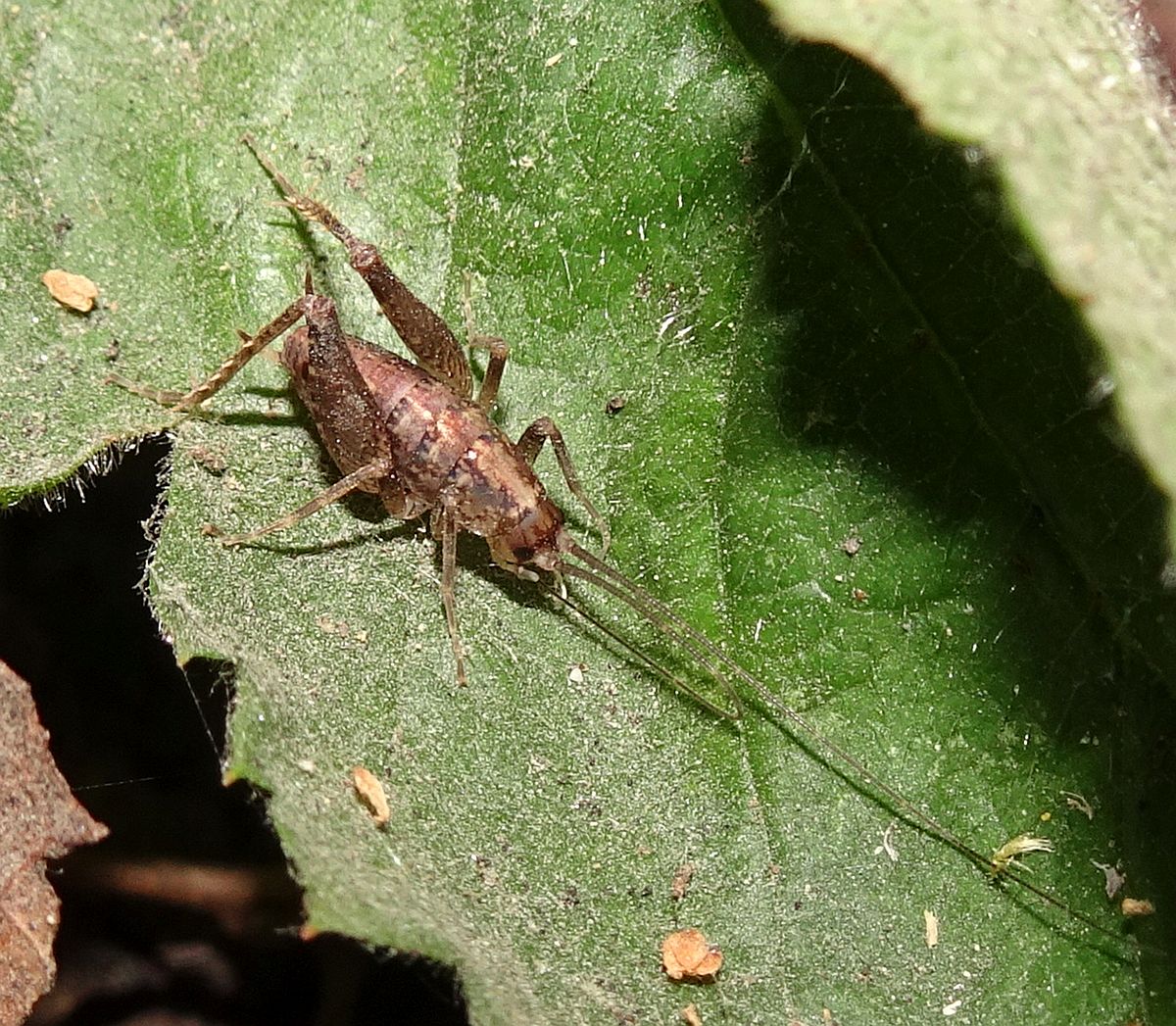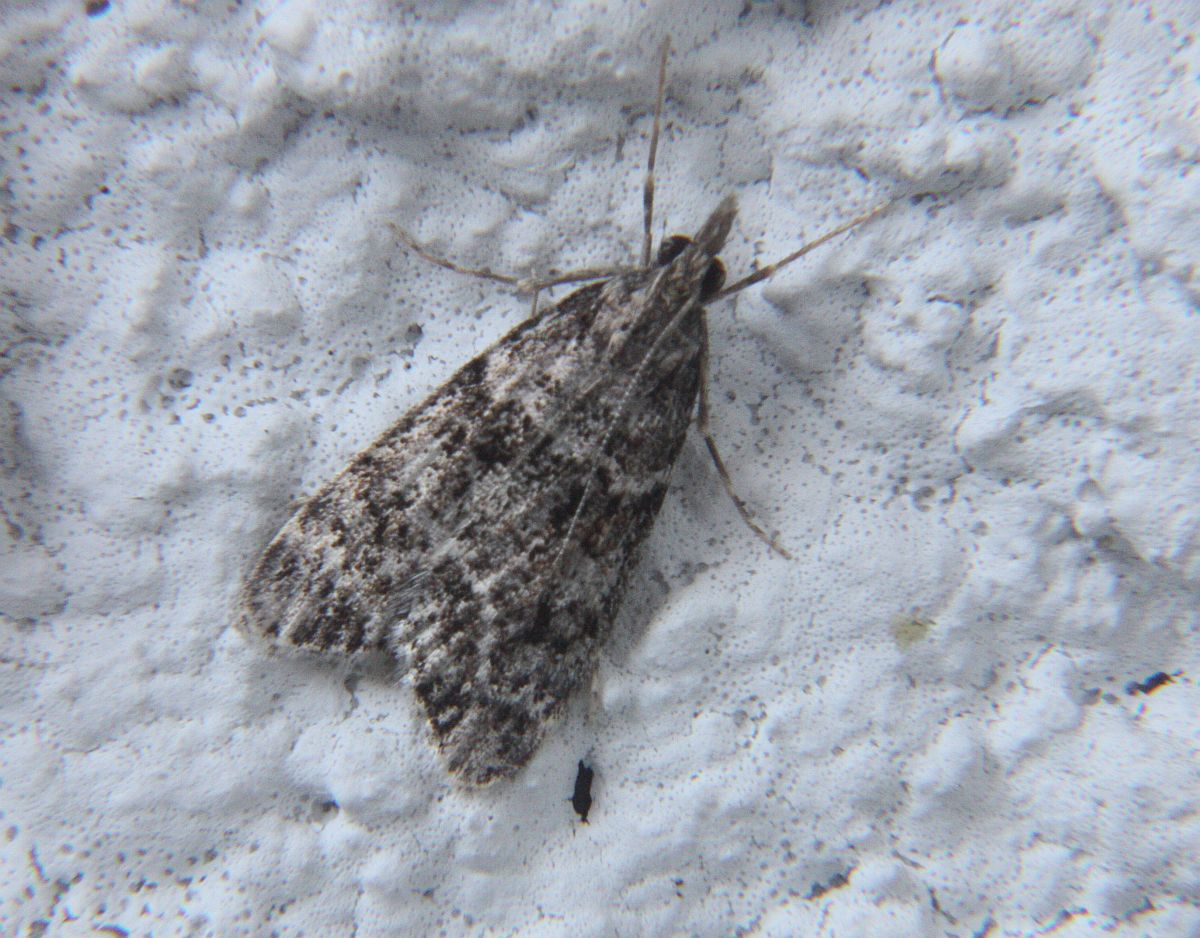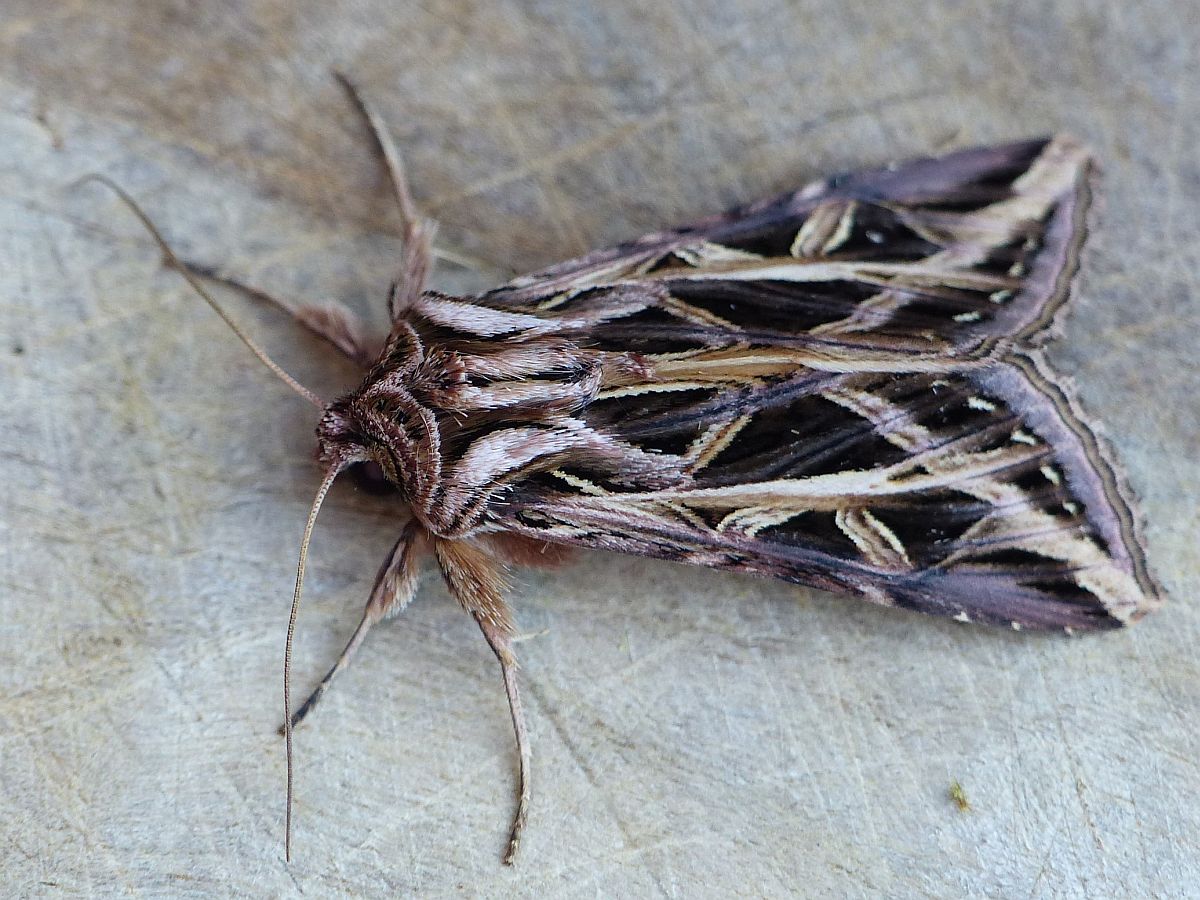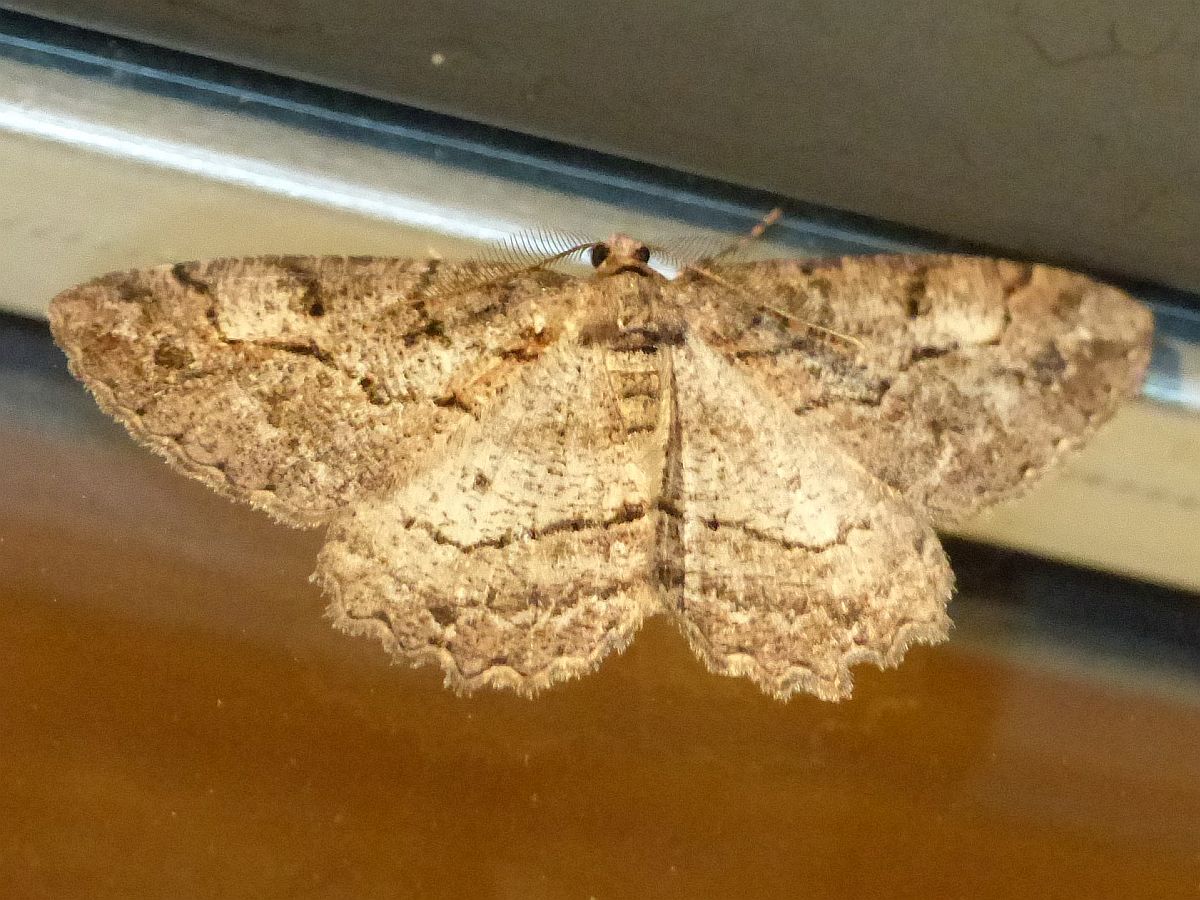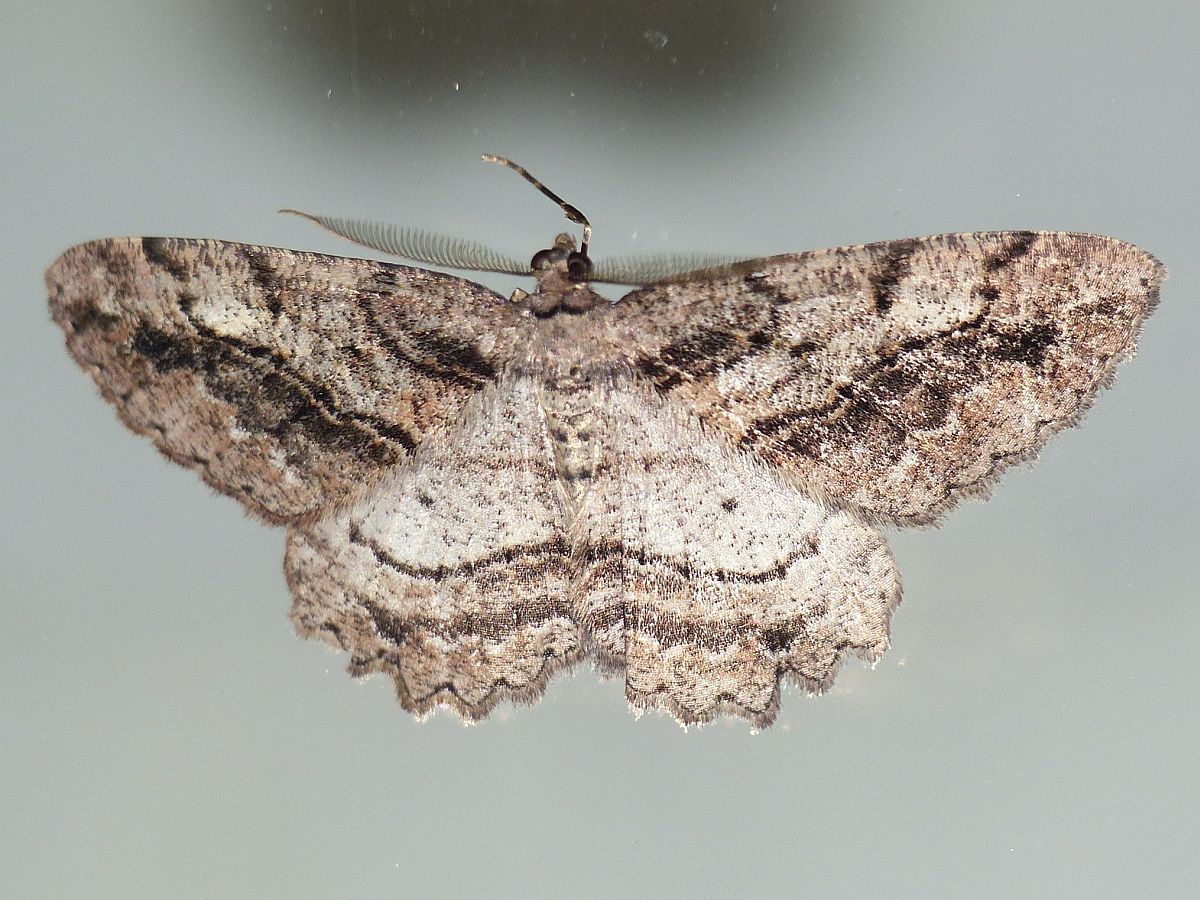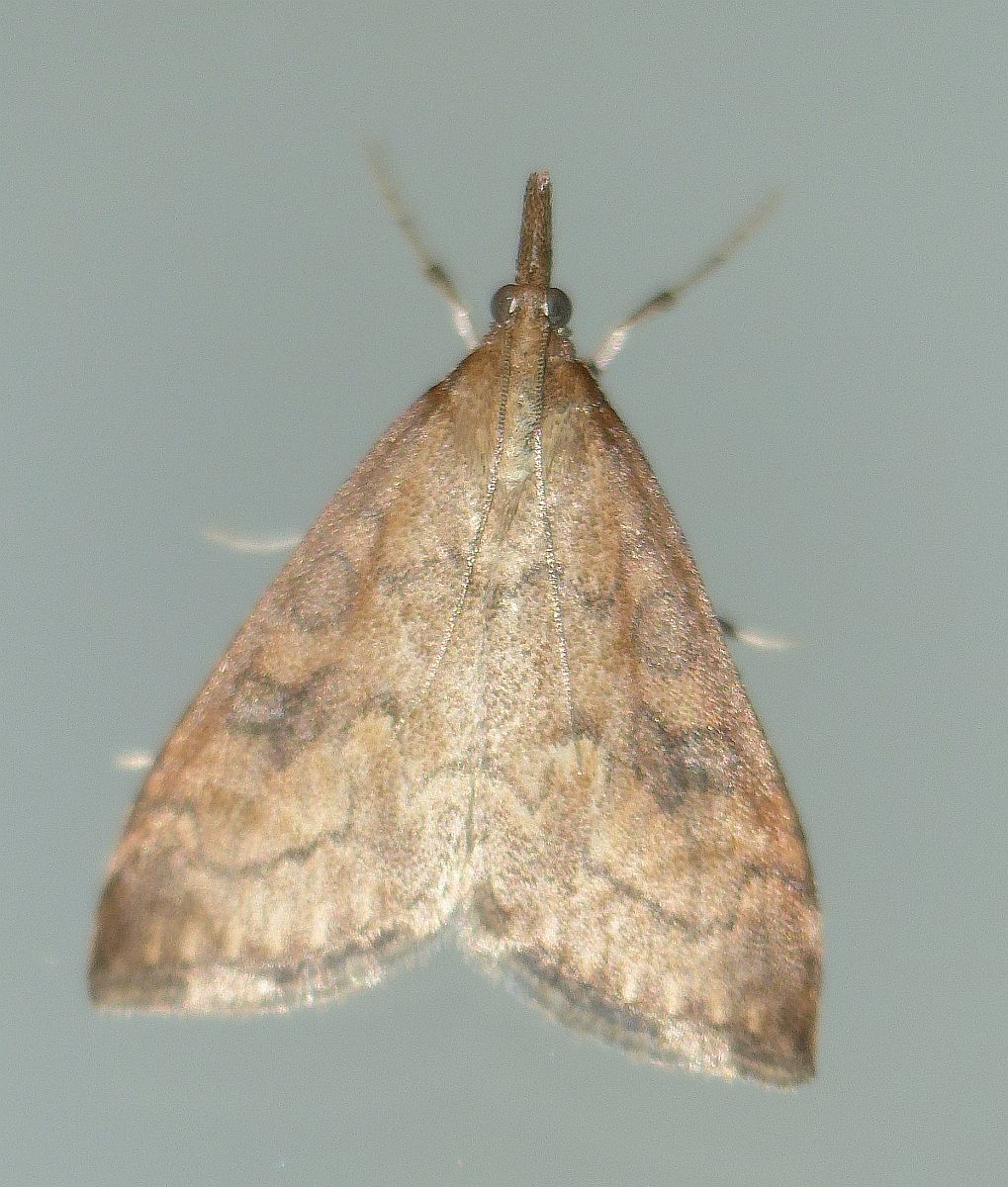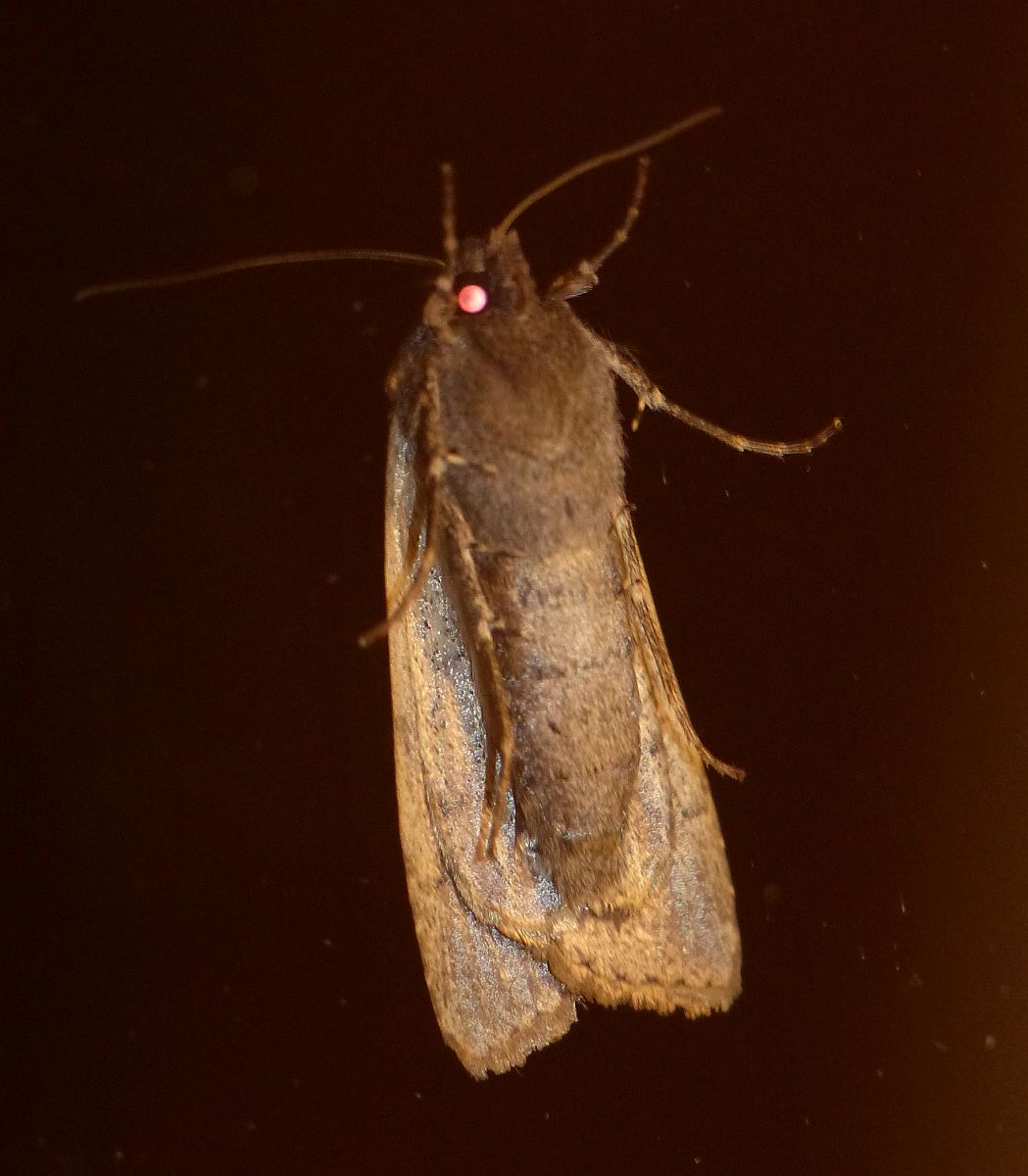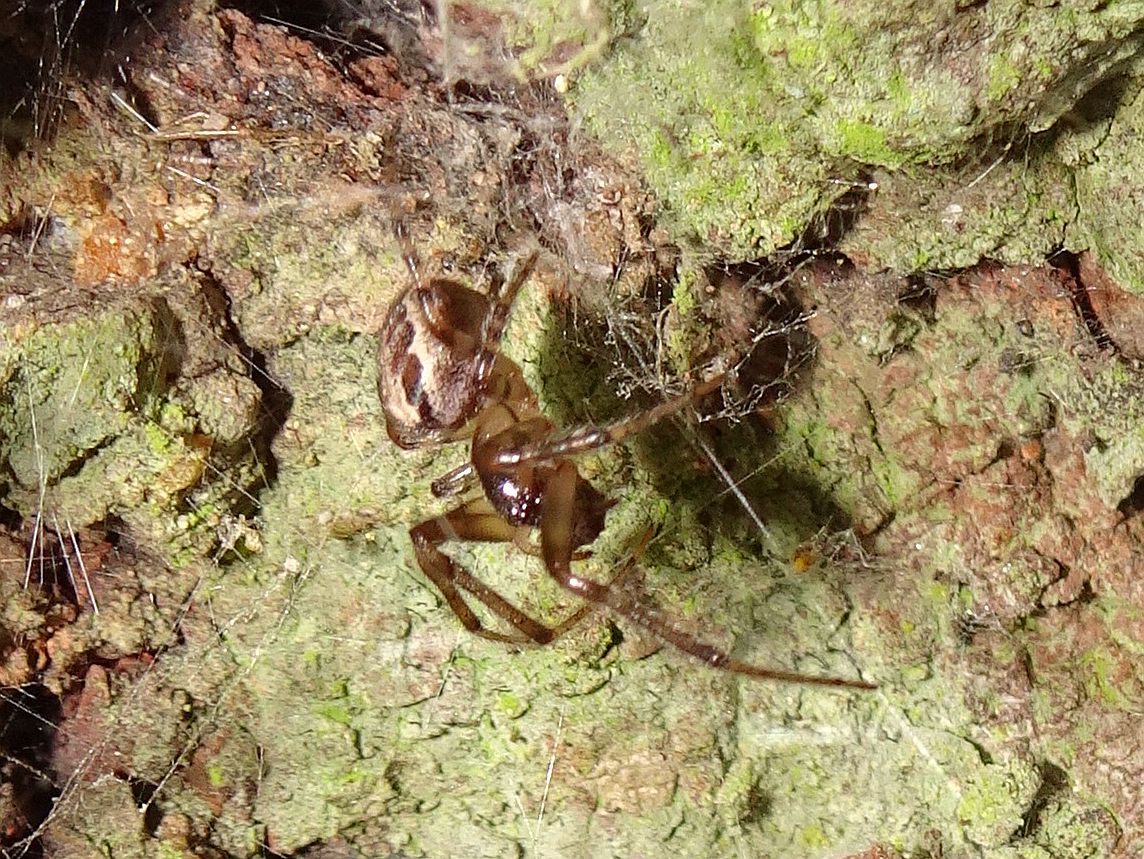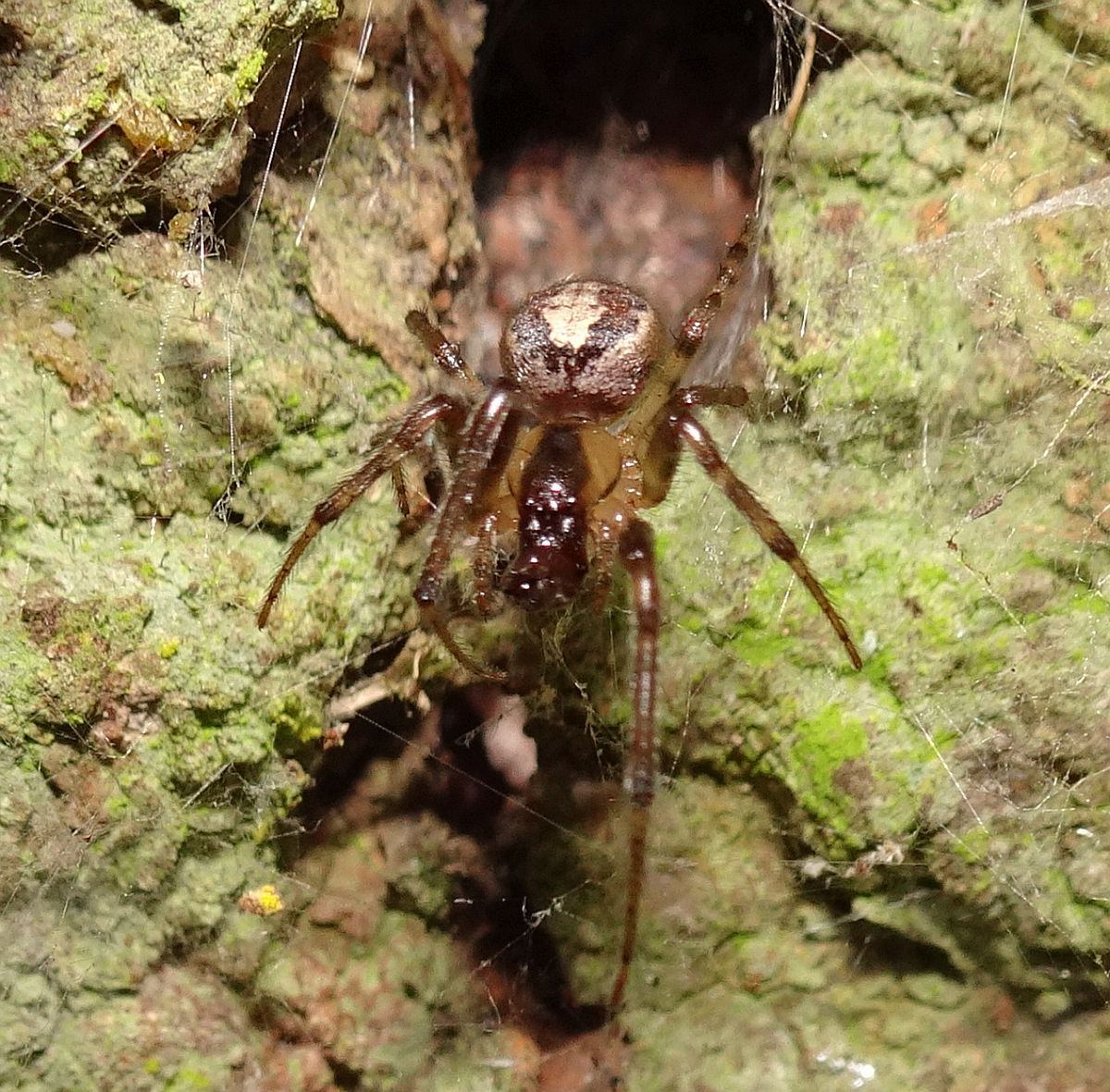2022 August 27
Cheryl Hoyle seems to have discovered an effective moth attractant – ripe figs! Here are some moths from View Royal, August 20.
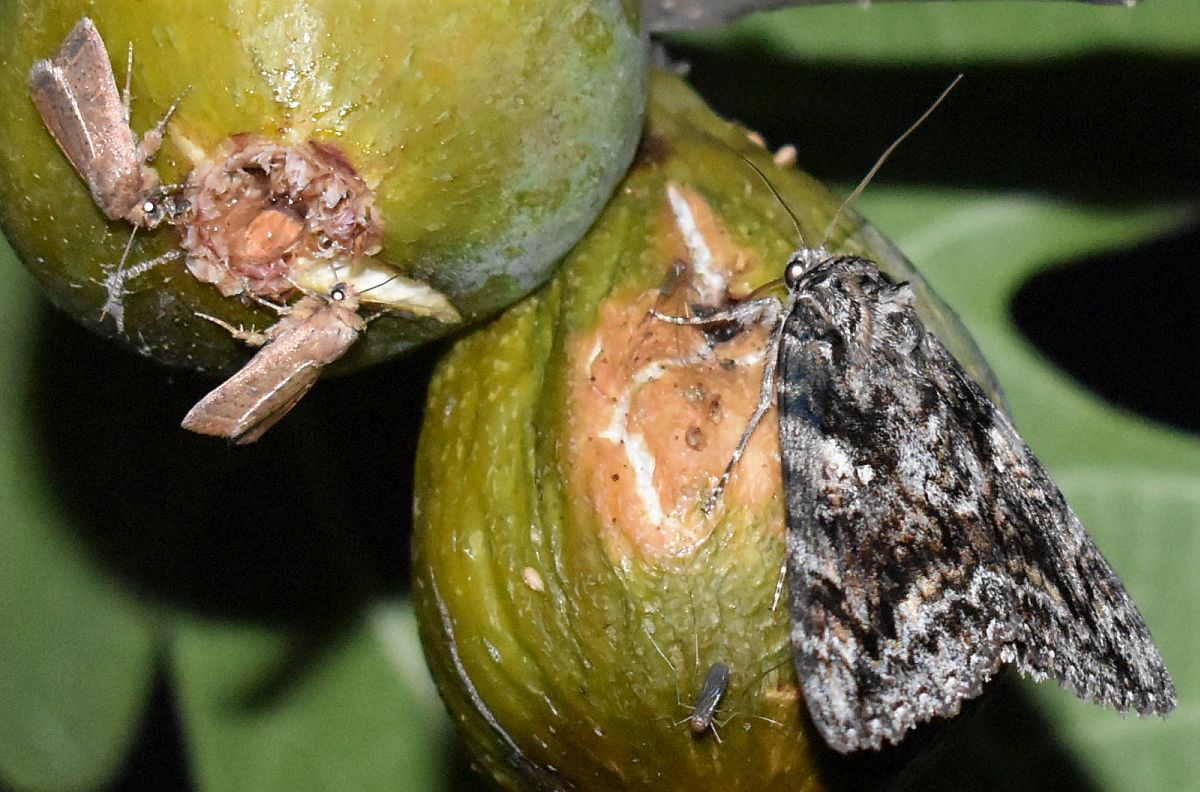
Catocala aholibah (Lep.: Erebidae – Erebinae) Cheryl Hoyle
Jeremy Tatum writes: ‘Fraid we can’t be sure what the two noctuid moths are – but they do serve to show how huge the Catocala is. Catocalas can be difficult to determine to species, but I’m pretty sure this is aholibah. Here’s another one:
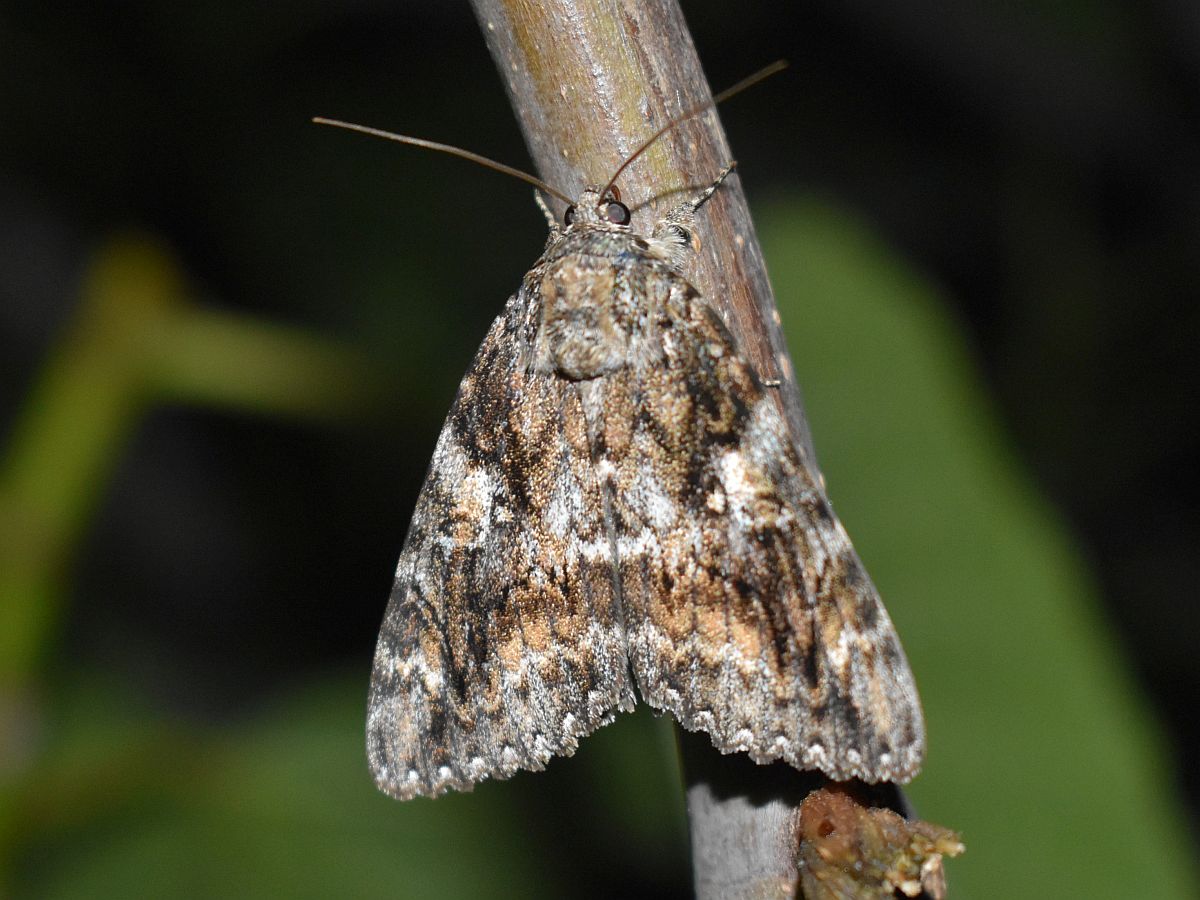
Catocala aholibah (Lep.: Erebidae – Erebinae) Cheryl Hoyle
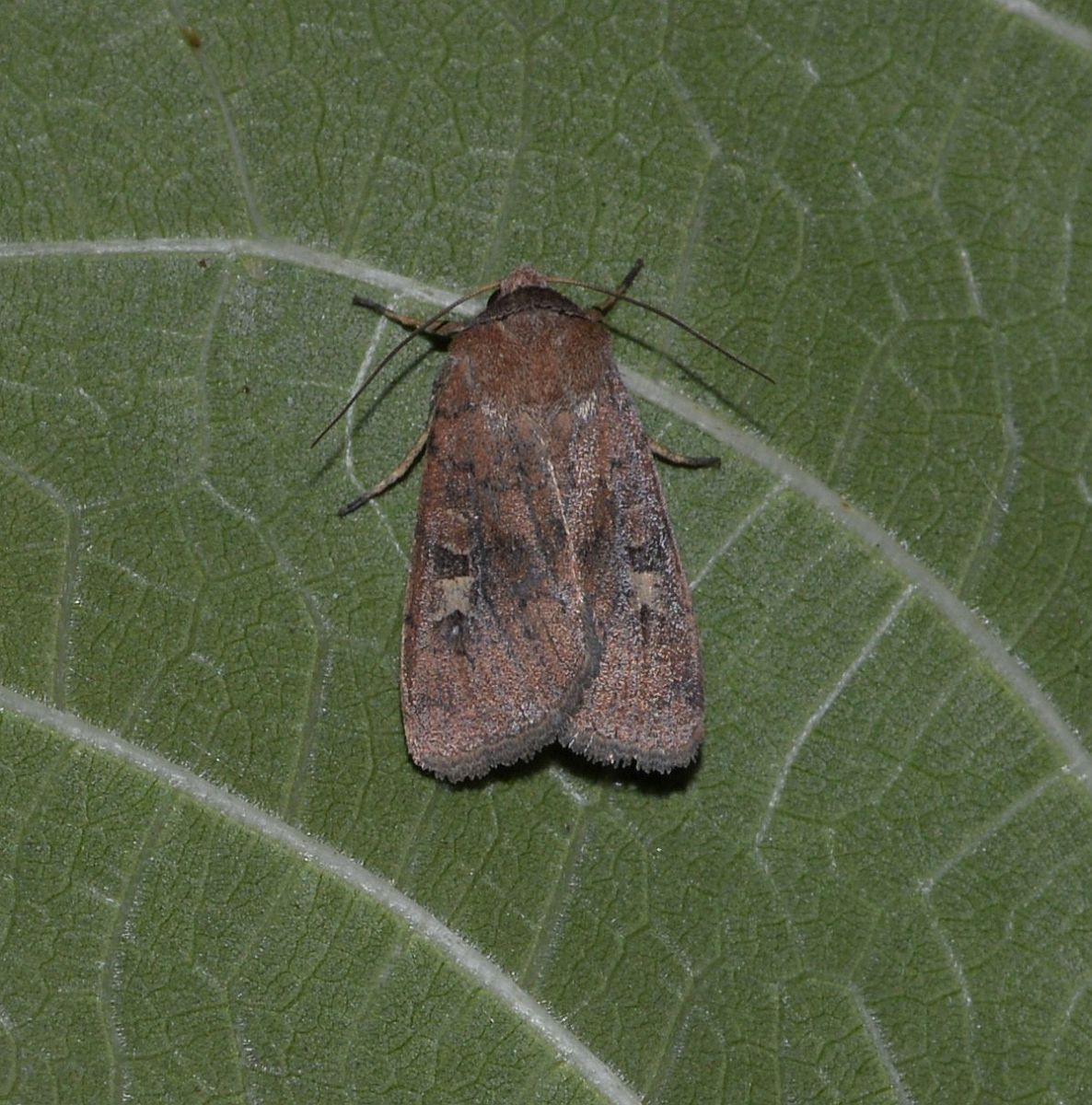
Xestia xanthographa (Lep.: Noctuidae) Cheryl Hoyle
Libby Avis writes, of the next one: It is a Homorthodes for sure – either communis or fractura. Hard to tell apart. I think more likely communis which is the more common, but maybe best to leave it at genus.
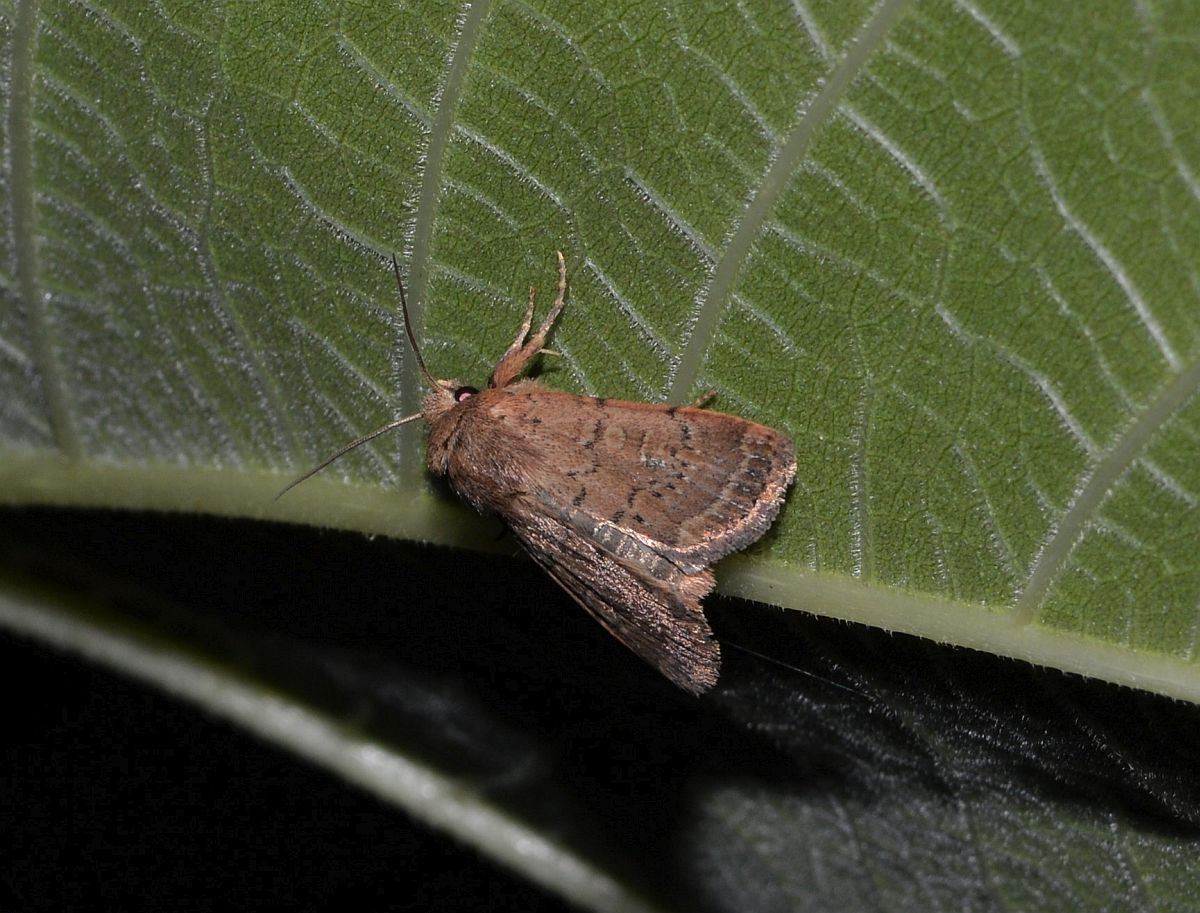
Homorthodes communis/fractura (Lep.: Noctuidae) Cheryl Hoyle
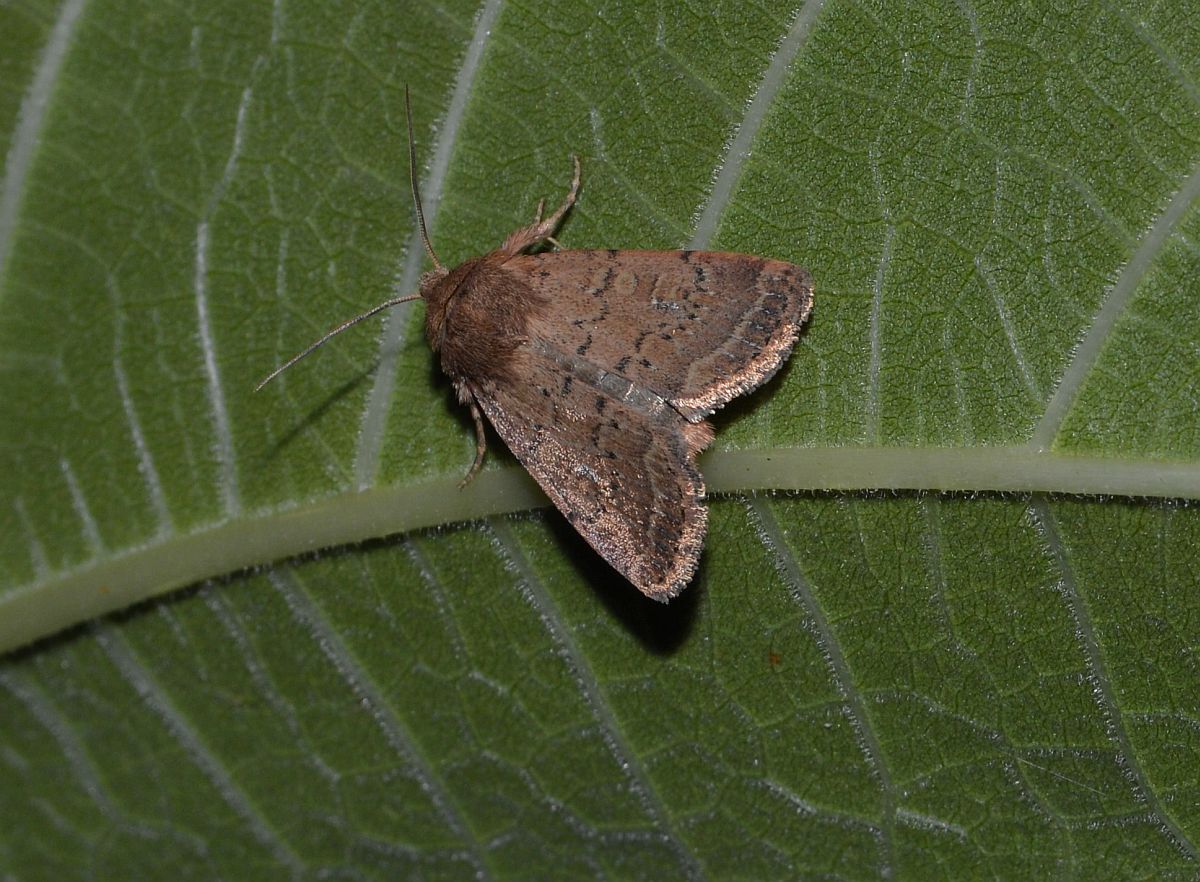
Homorthodes communis/fractura (Lep.: Noctuidae) Cheryl Hoyle
We received two ant photographs on consecutive days. It is well to remember that not all ants by any means are Formica – they are scattered through many genera. Of the two below, one, a wood ant eyeing the ripe fig, is Formica; the other, a carpenter ant, isn’t.
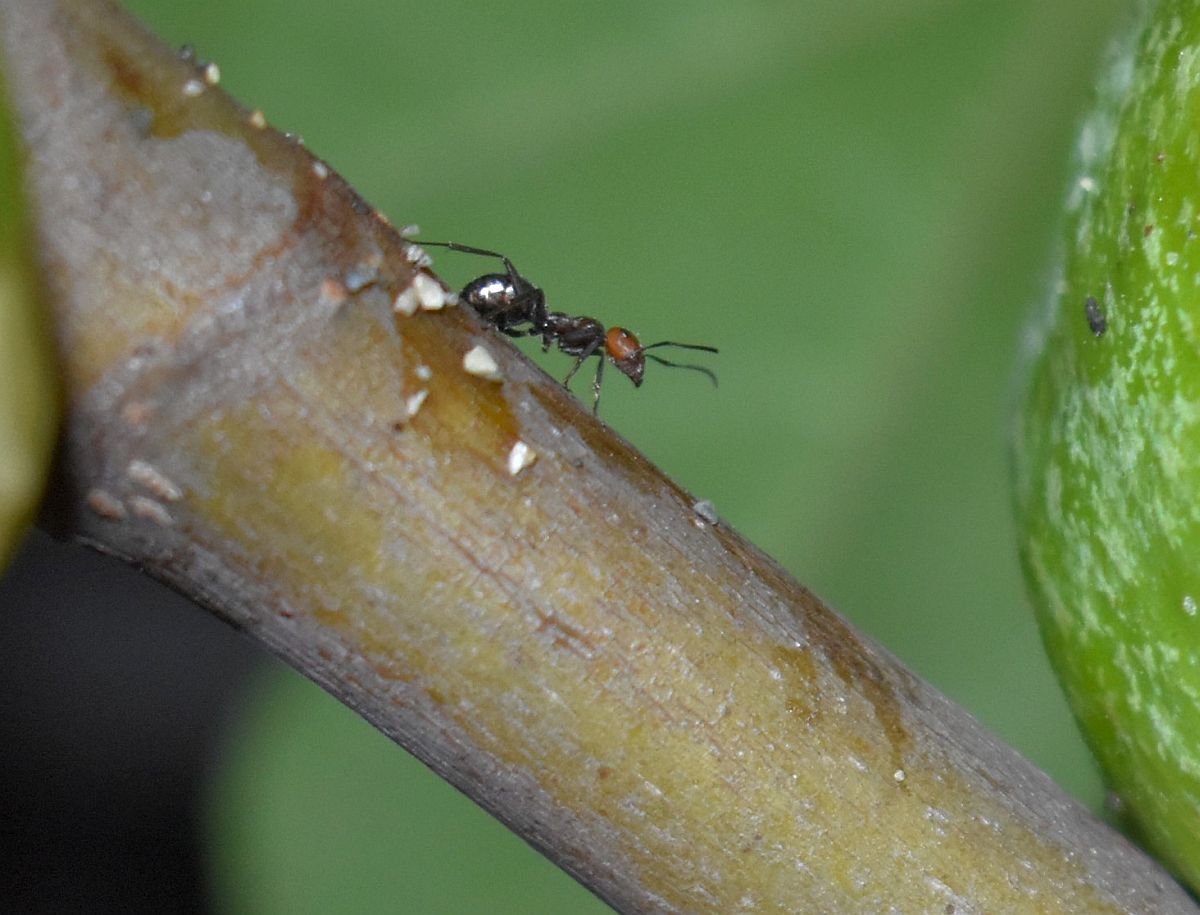
Wood ant Formica sp. (Hym.: Formicidae) Cheryl Hoyle
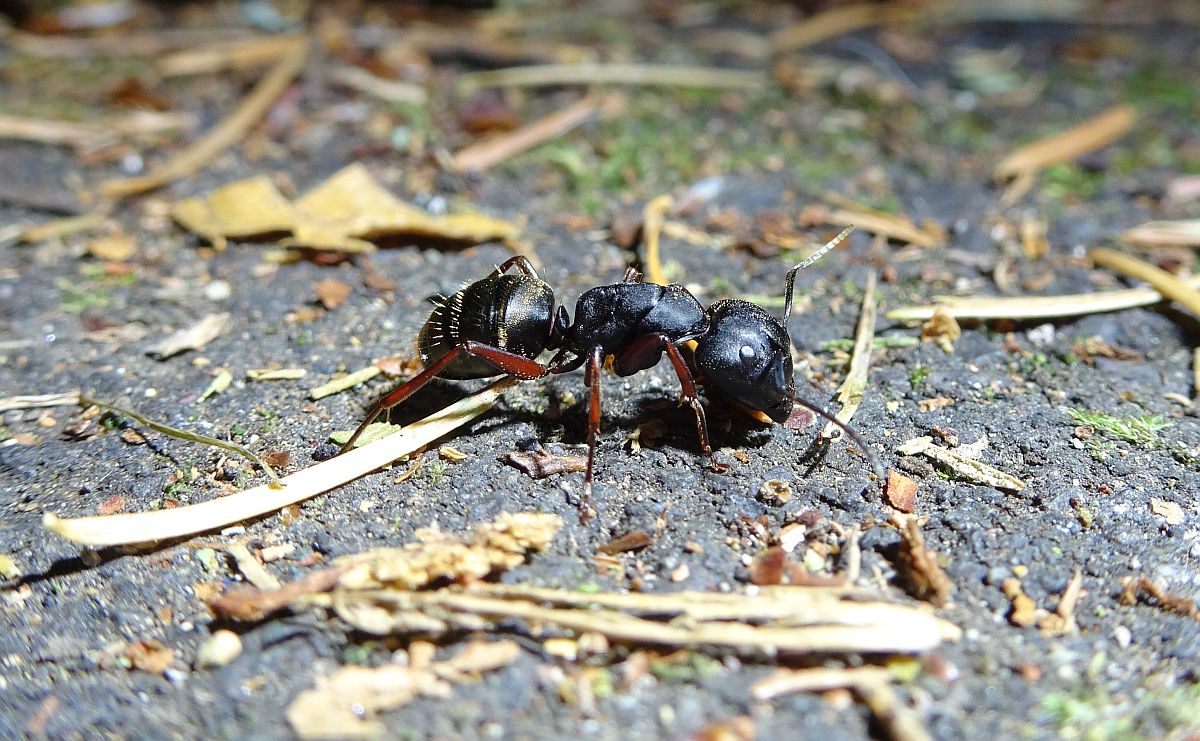
Western Black Carpenter Ant Camponotus modoc (Hym.: Formicidae) Ian Cooper
Here are a few more of Ian Cooper’s photographs, taken locally after dark in the last 30 days.
Thanks to Dr Robb Bennett for identifying the cybaeid spider.
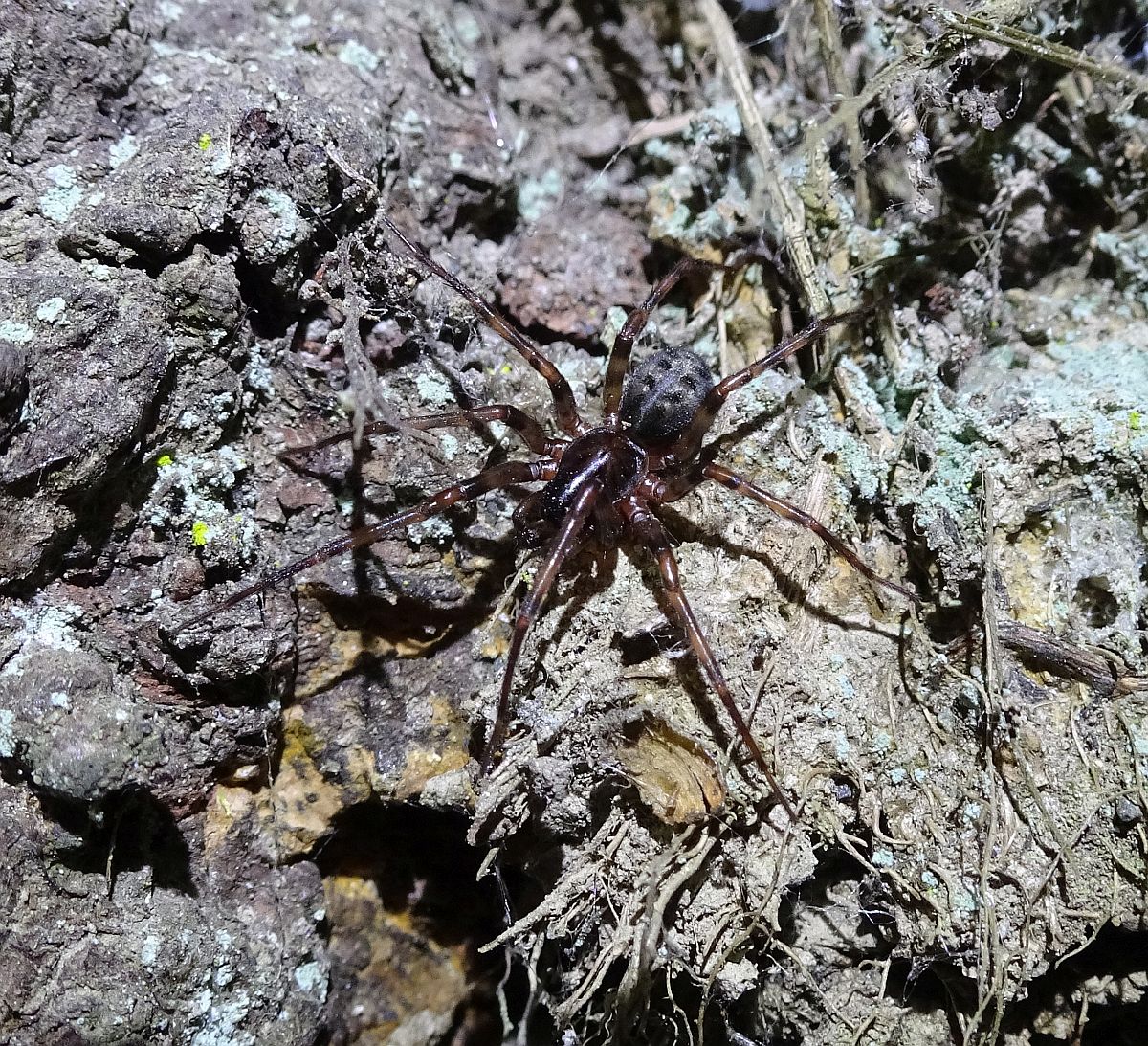
Cybaeus (possibly signifer) (Ara.: Cybaeidae) Ian Cooper
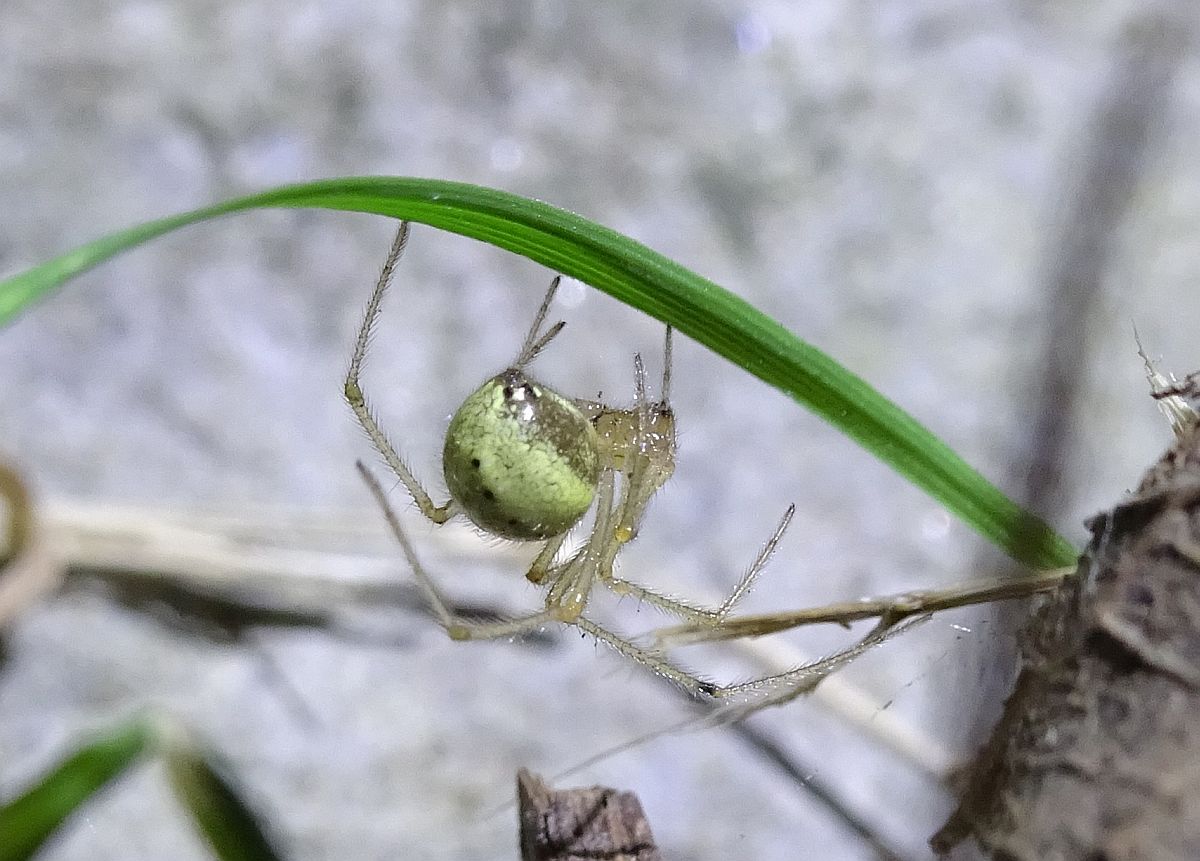
Enoplognatha ovata (Ara.: Theridiidae) Ian Cooper
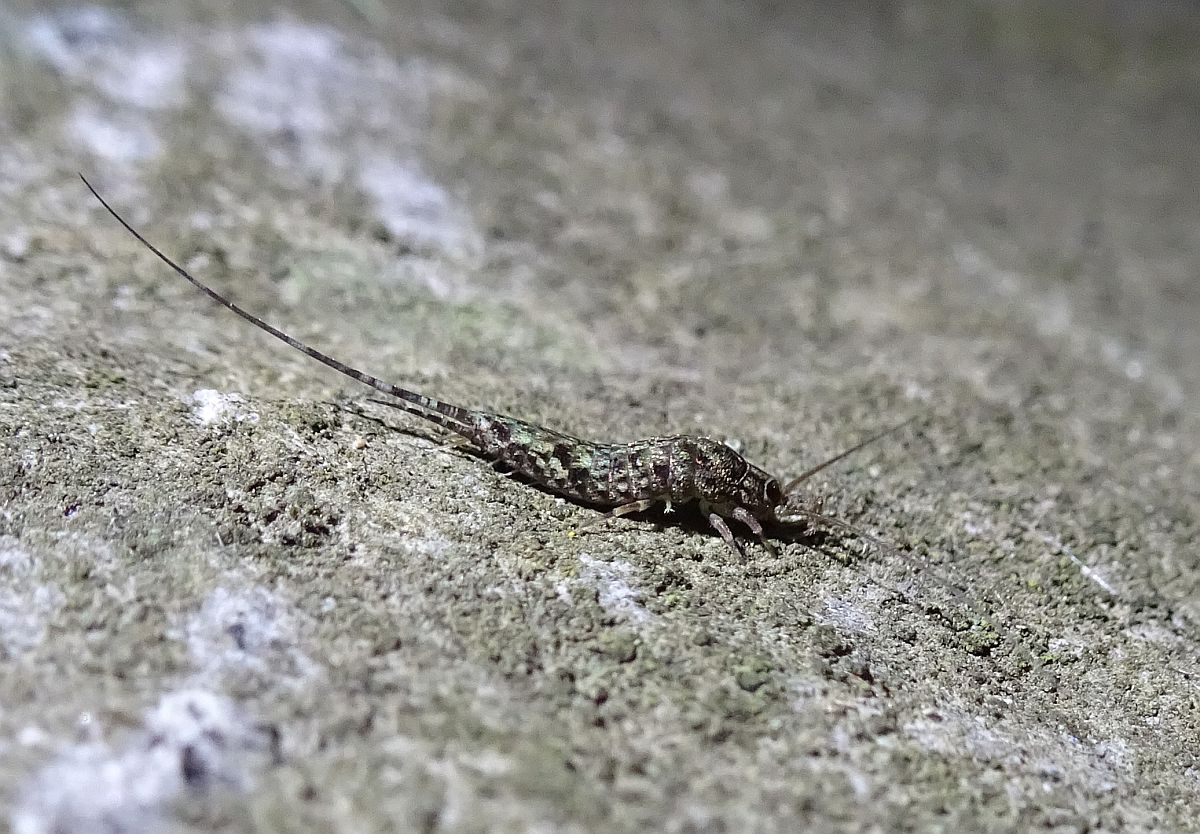
Jumping bristletail Pedetontus (possibly saltator) (Microcoryphia: Machilidae)
Ian Cooper
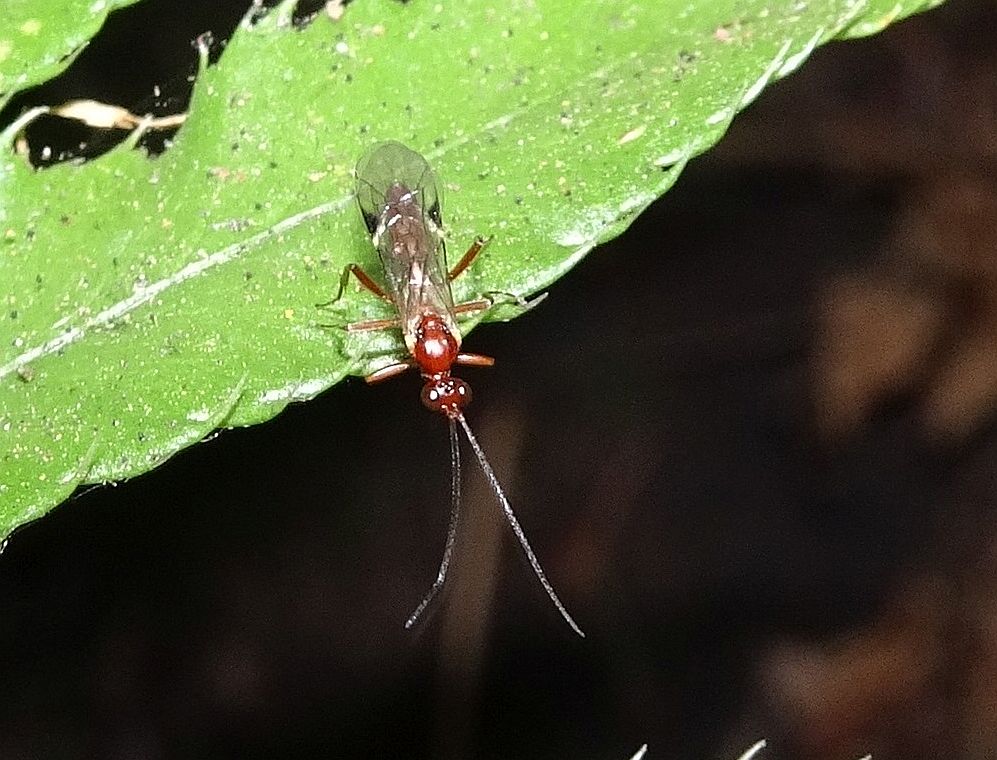
Unidentified but probably an ichneumonid wasp (Hym.: Ichneumonidae) Ian Cooper
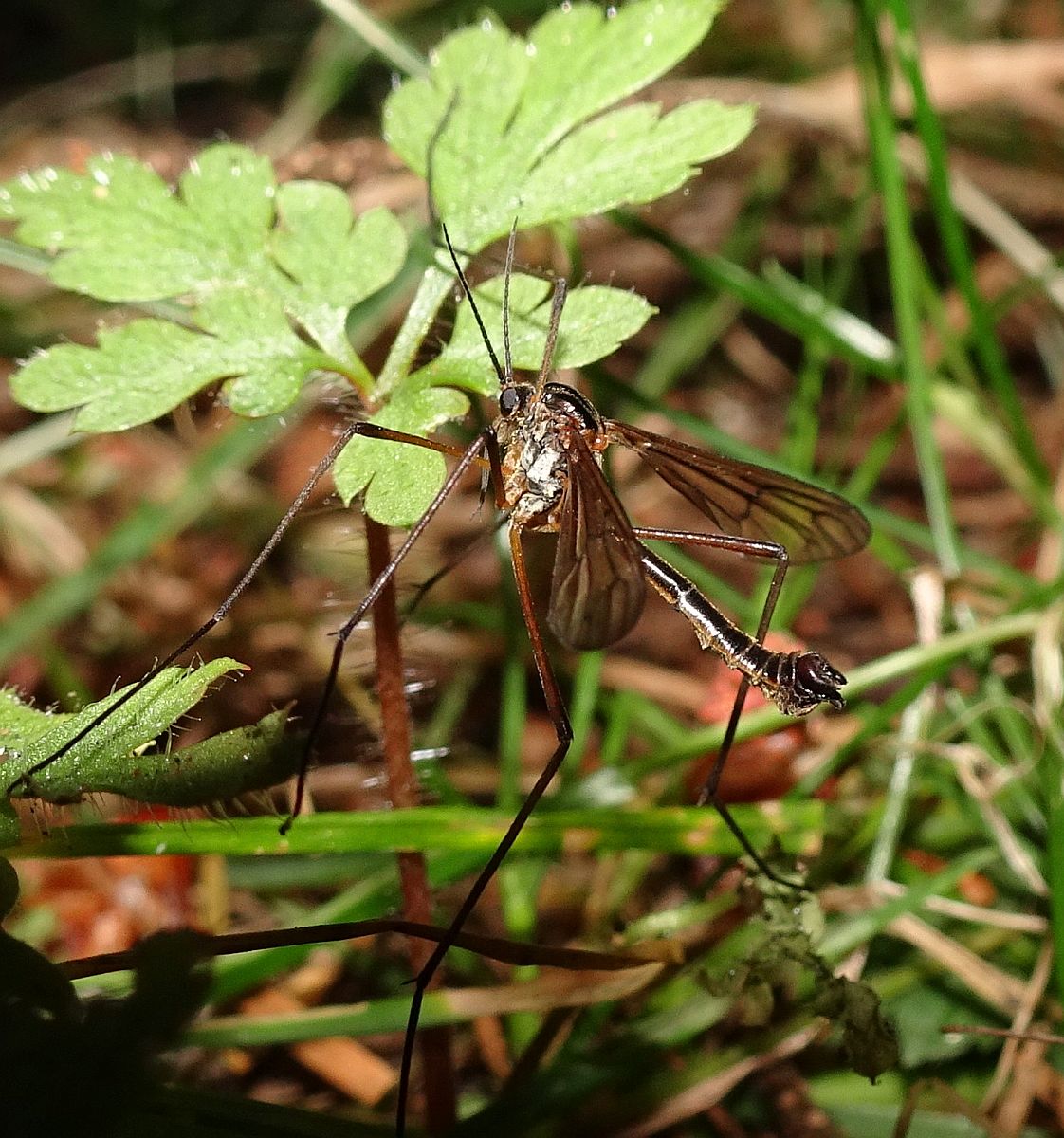
Crane fly (Dip.: Tipulidae) Ian Cooper
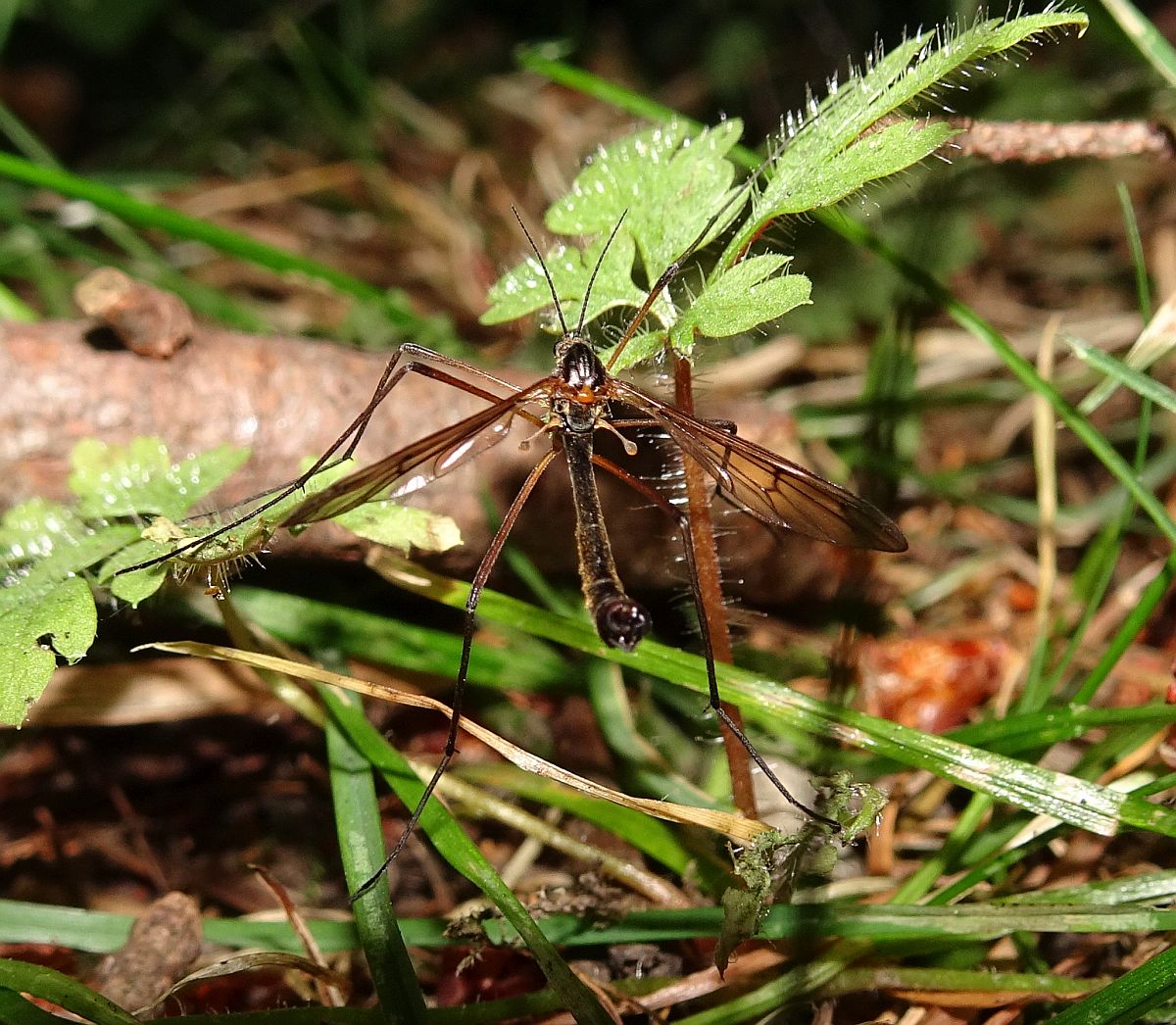
Crane fly (Dip.: Tipulidae) Ian Cooper
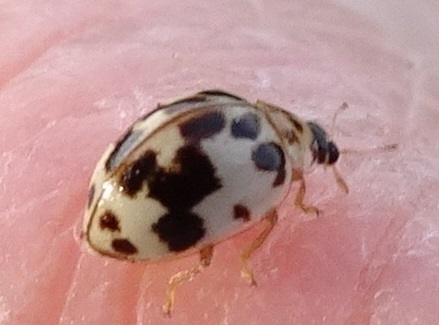
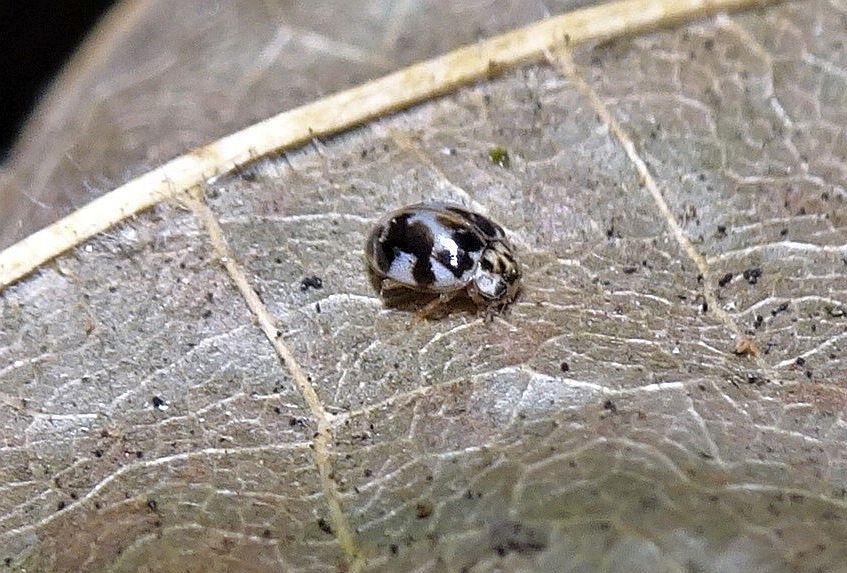

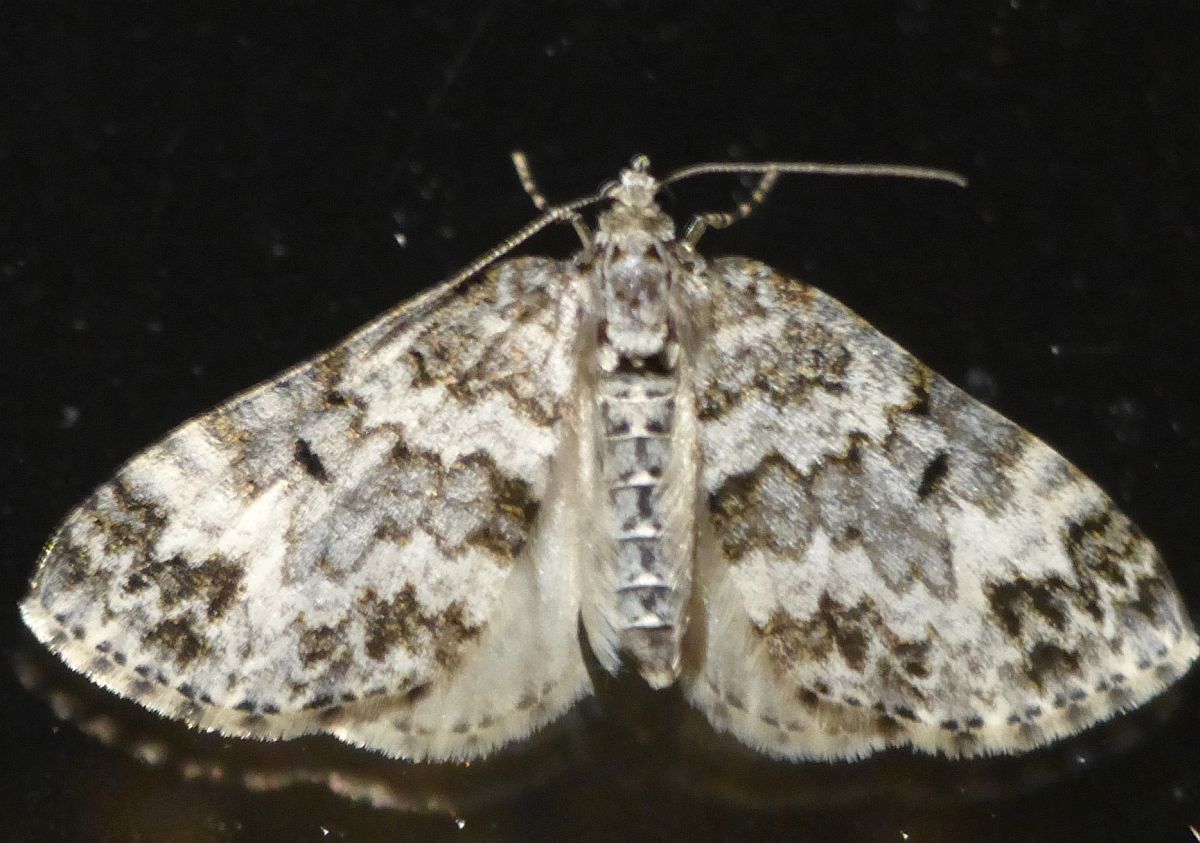
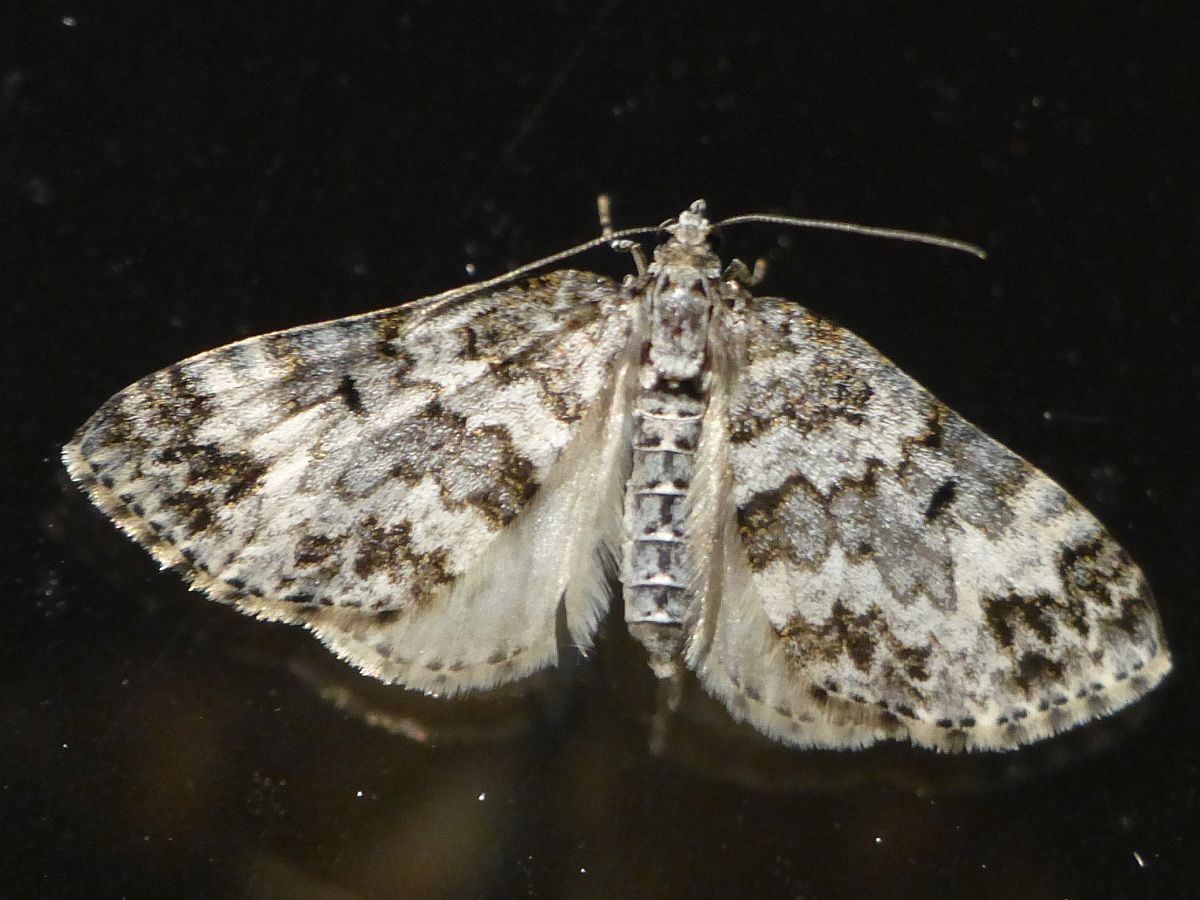
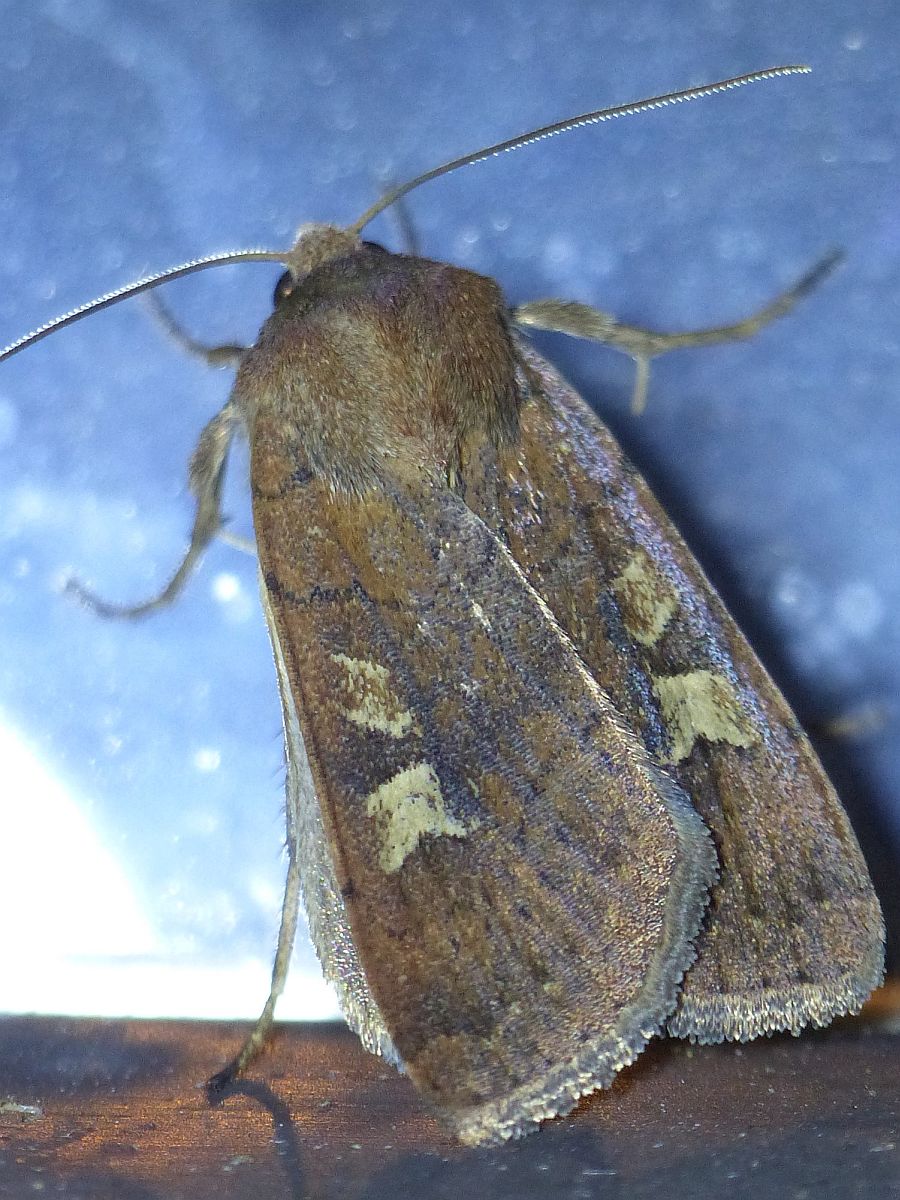
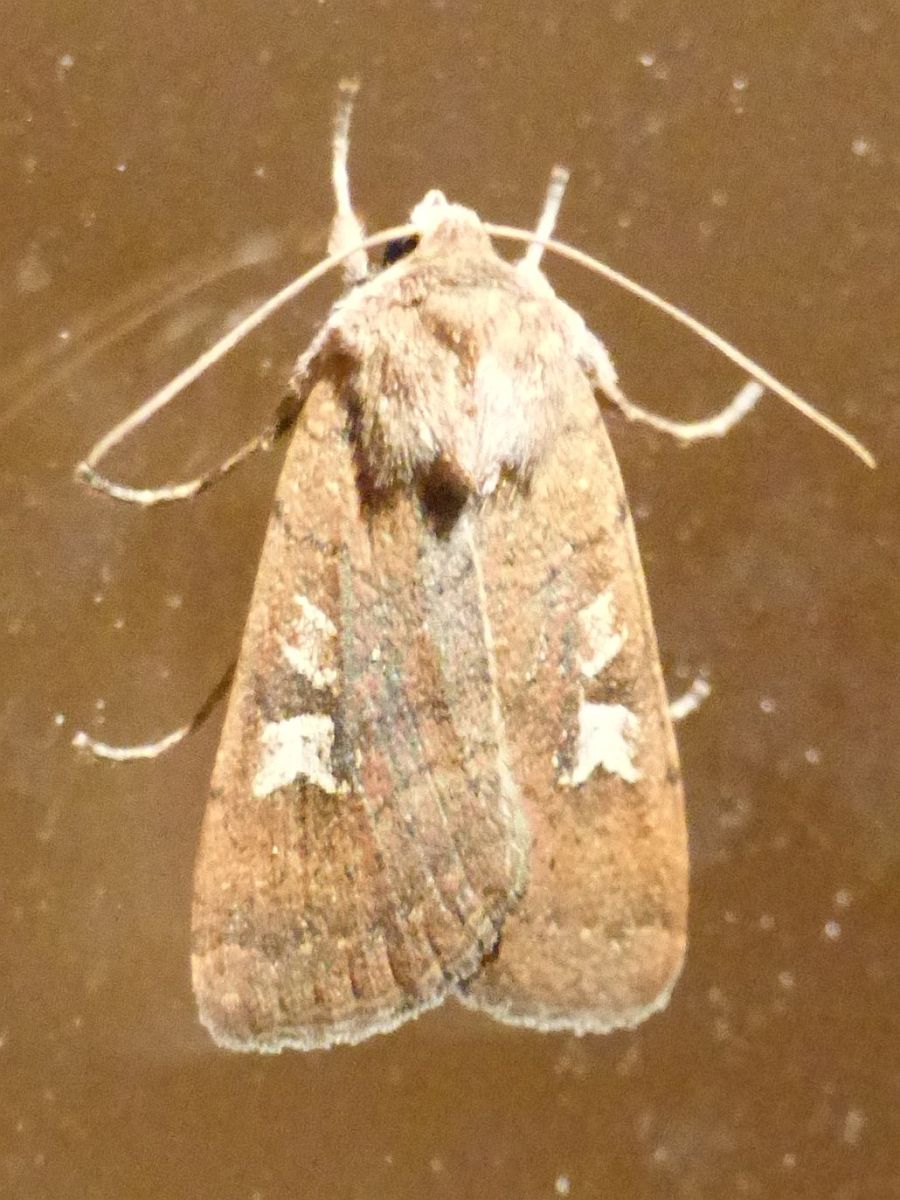
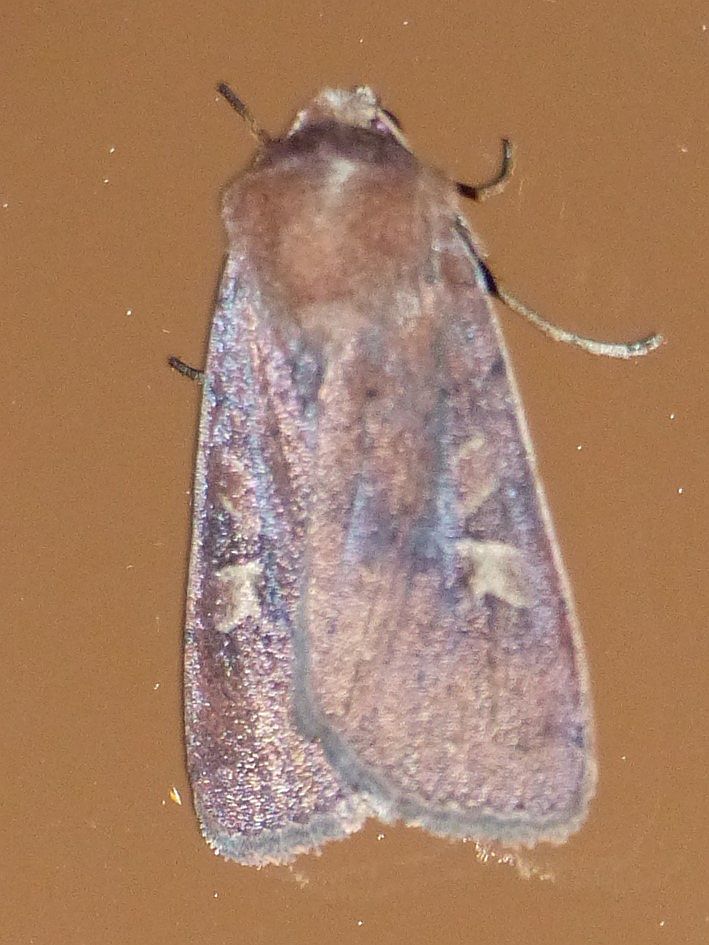
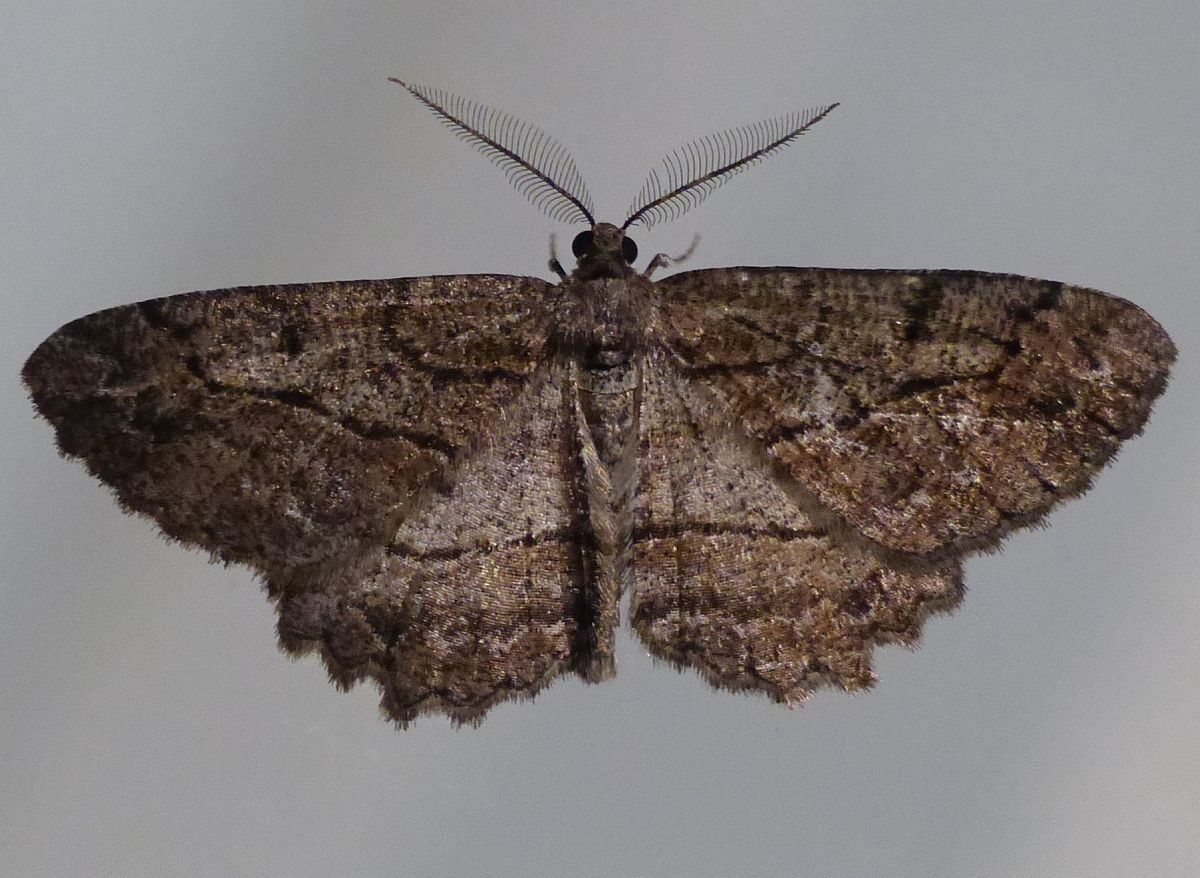
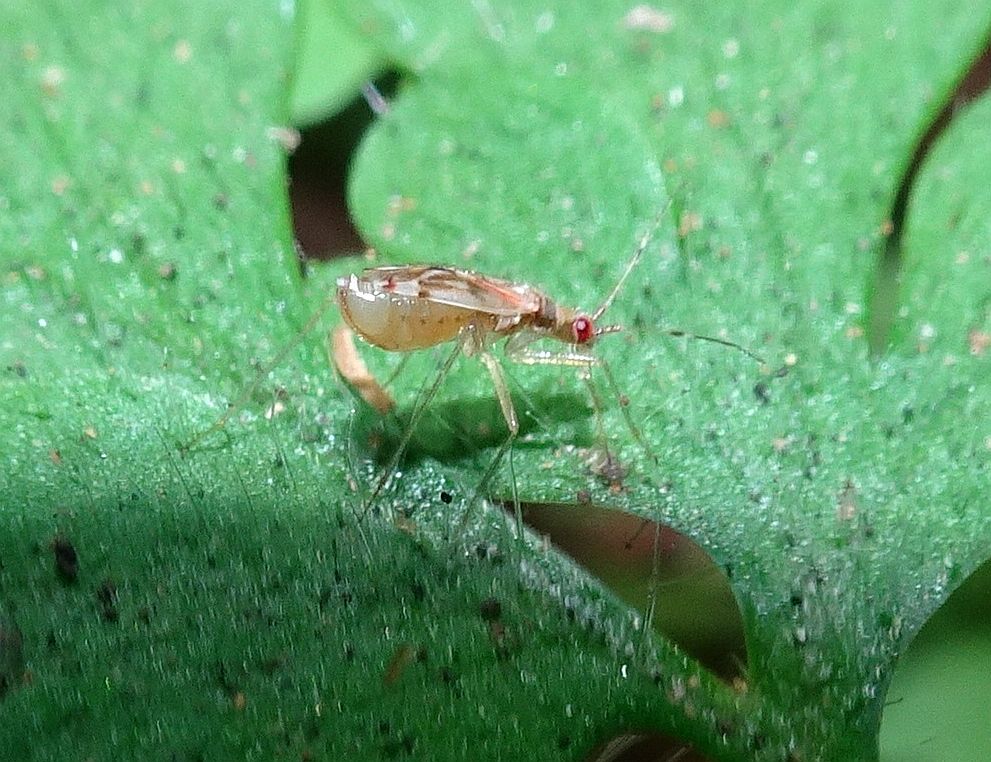
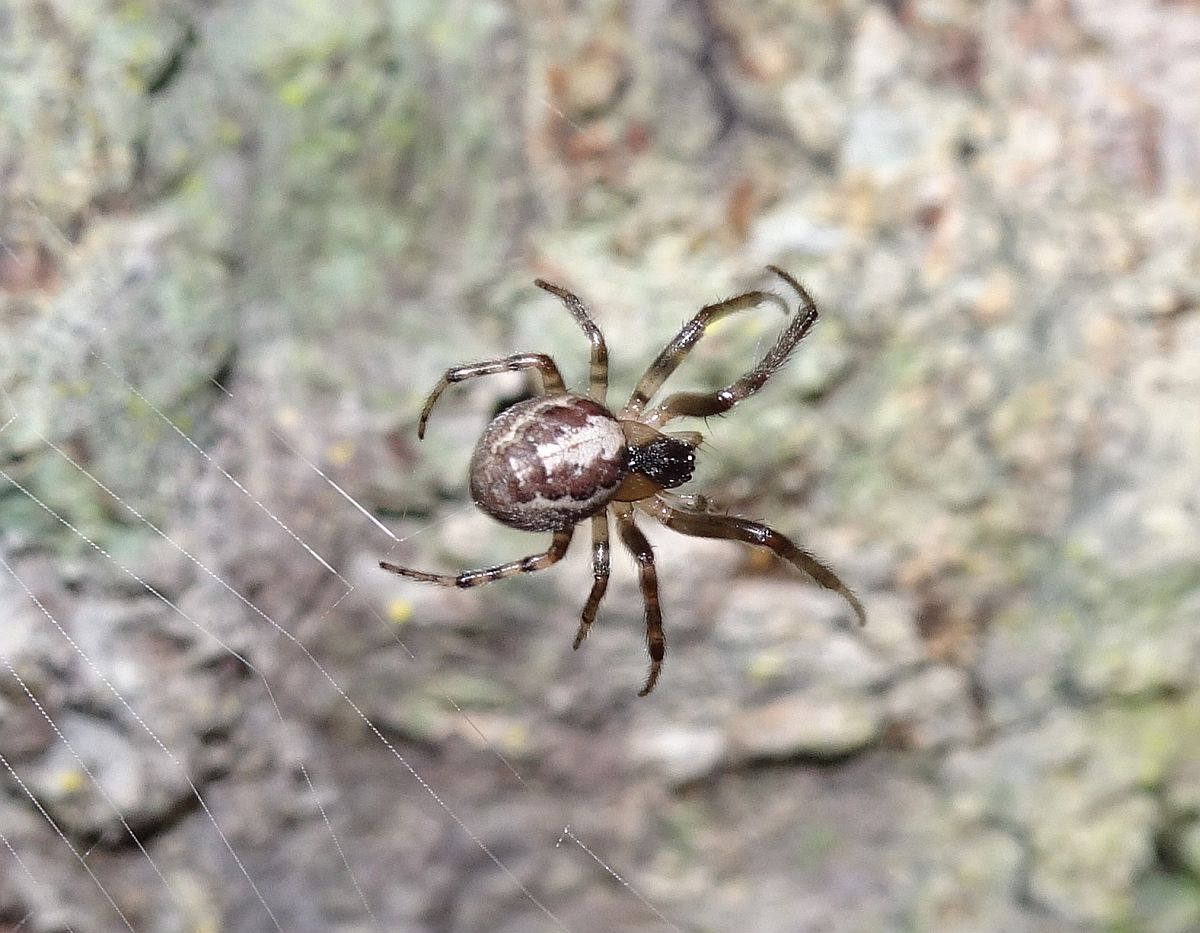
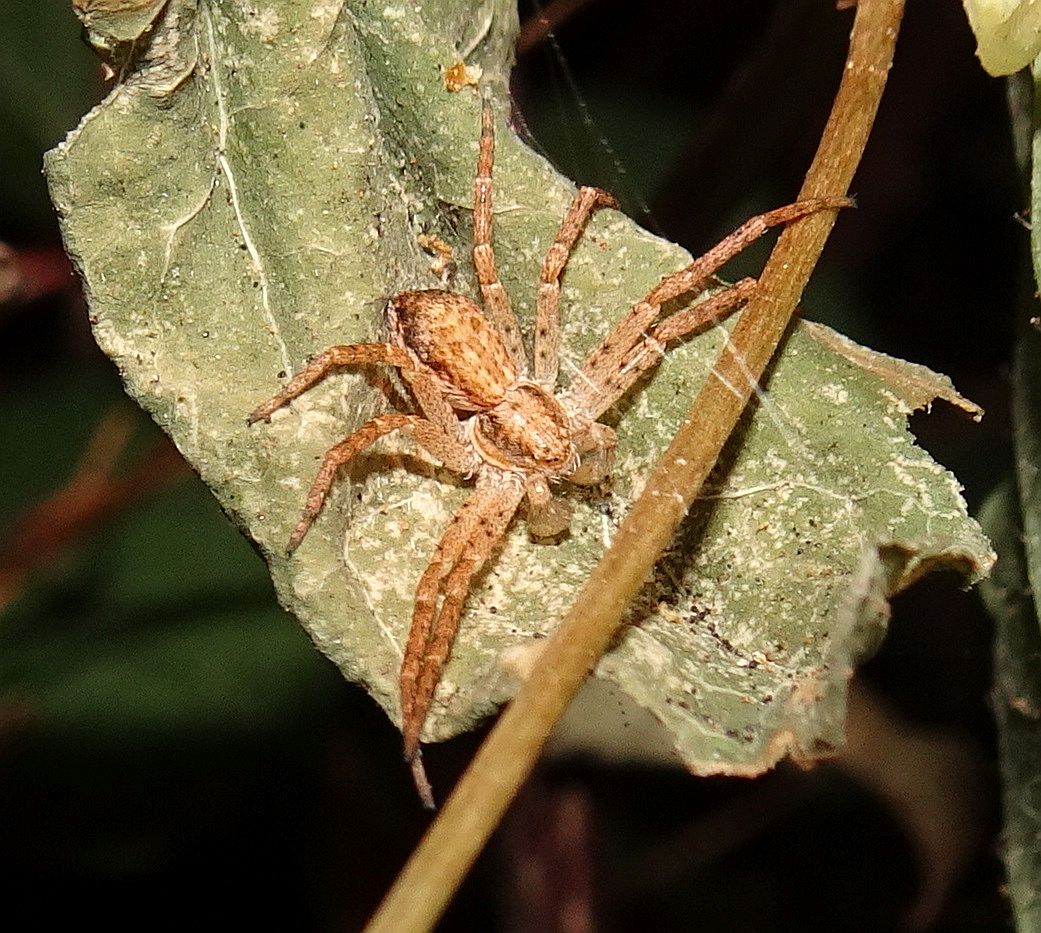
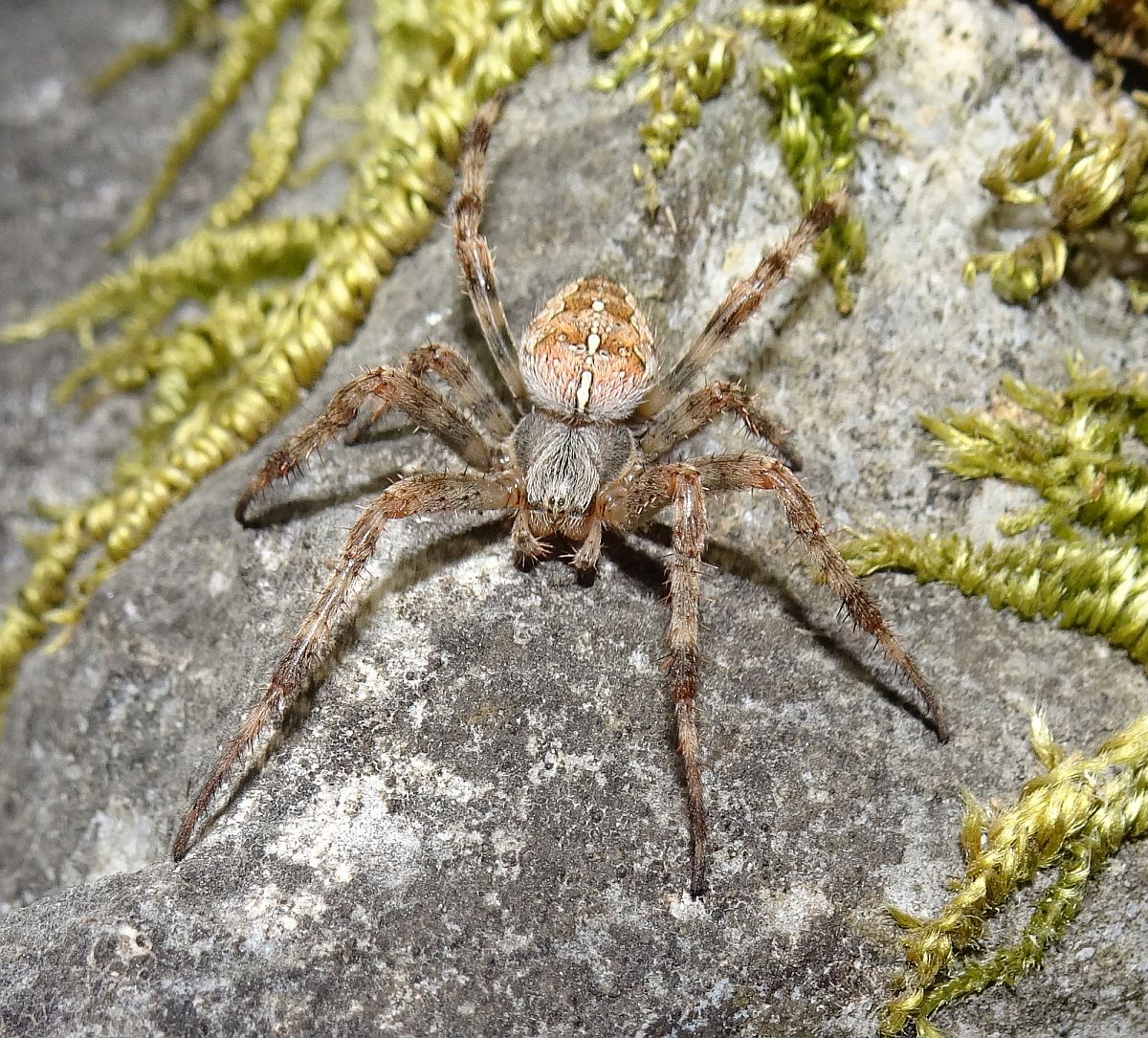
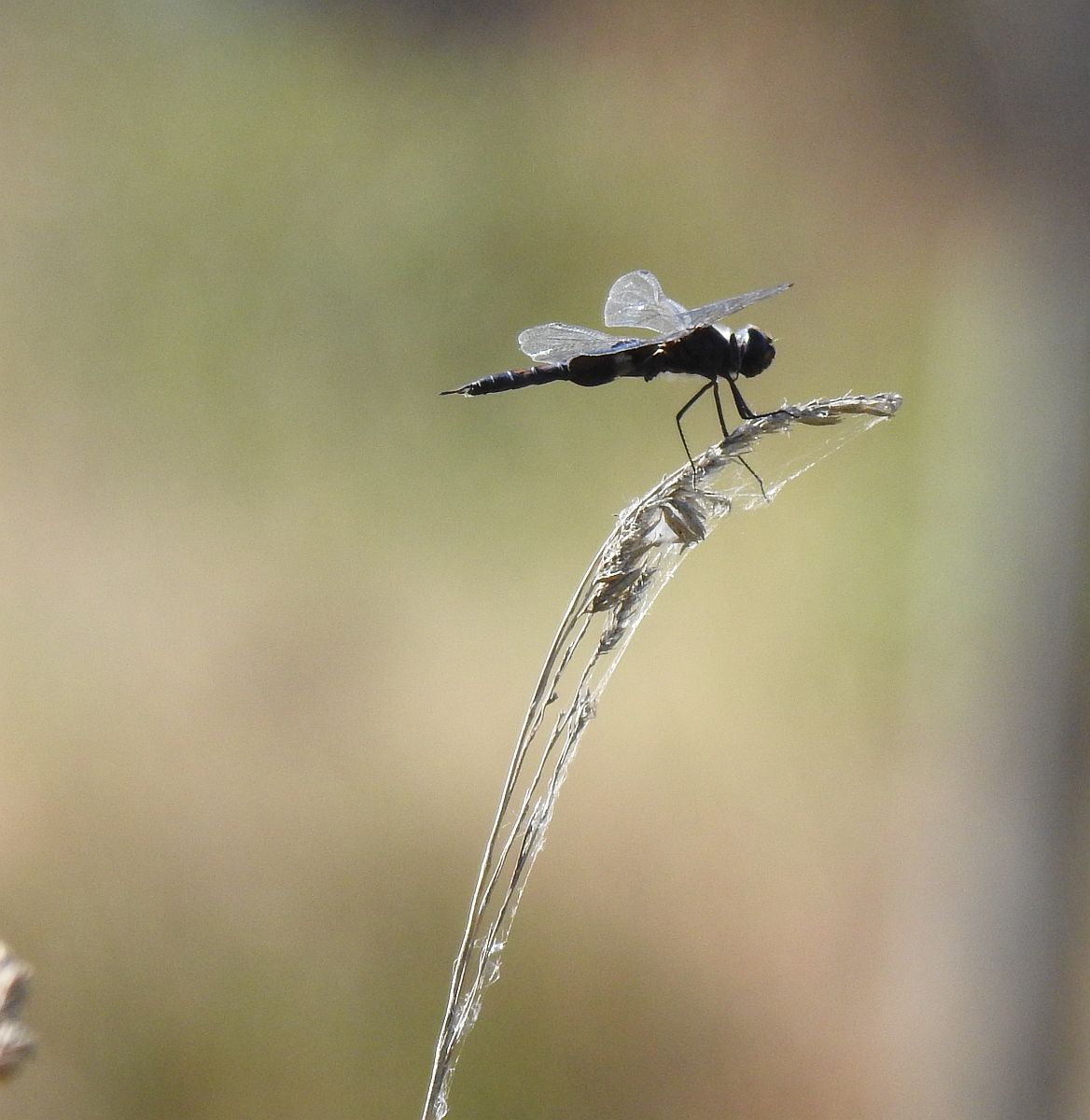
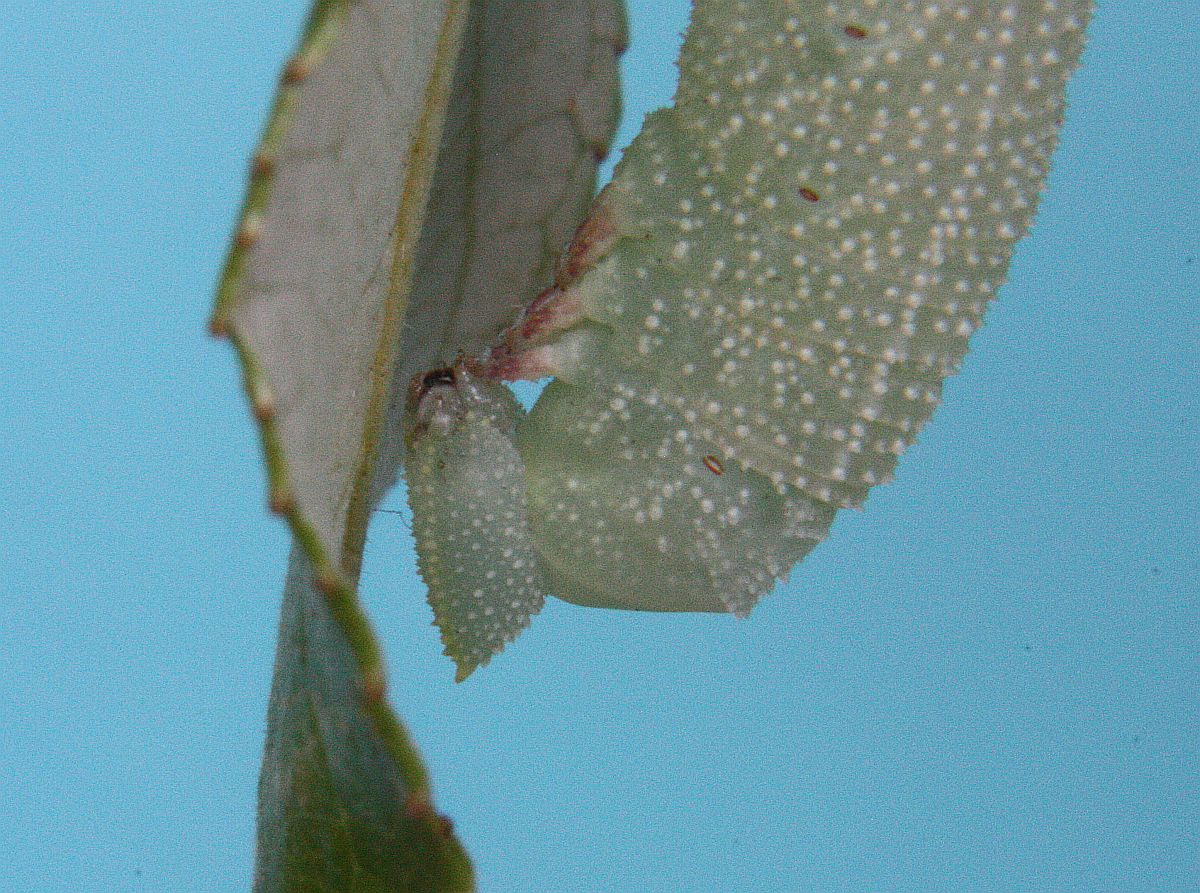
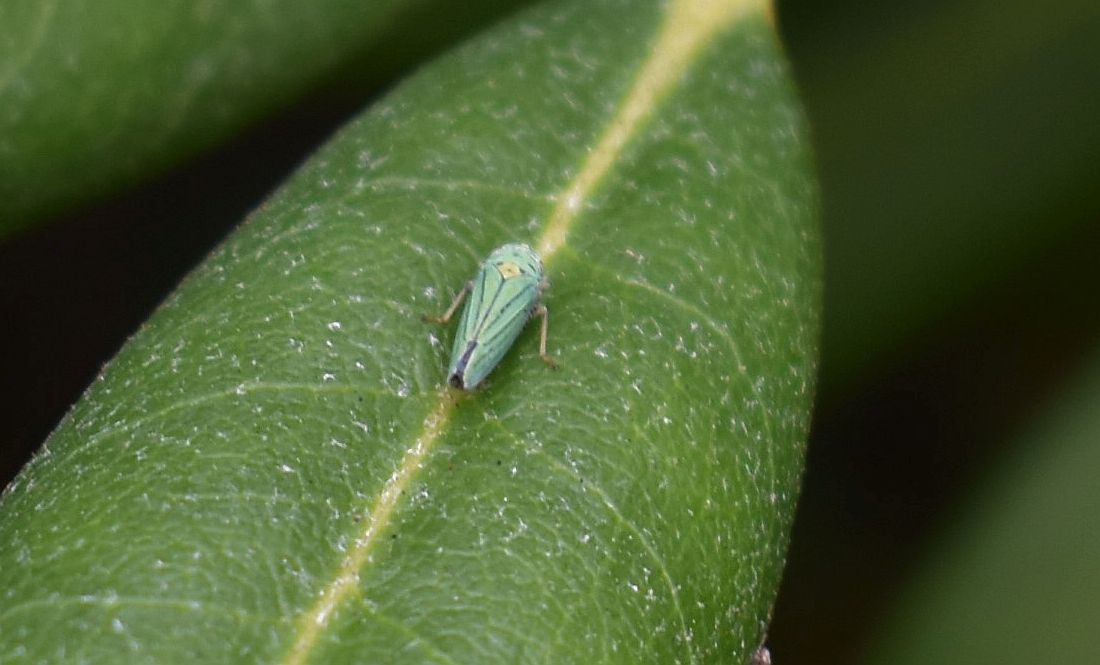
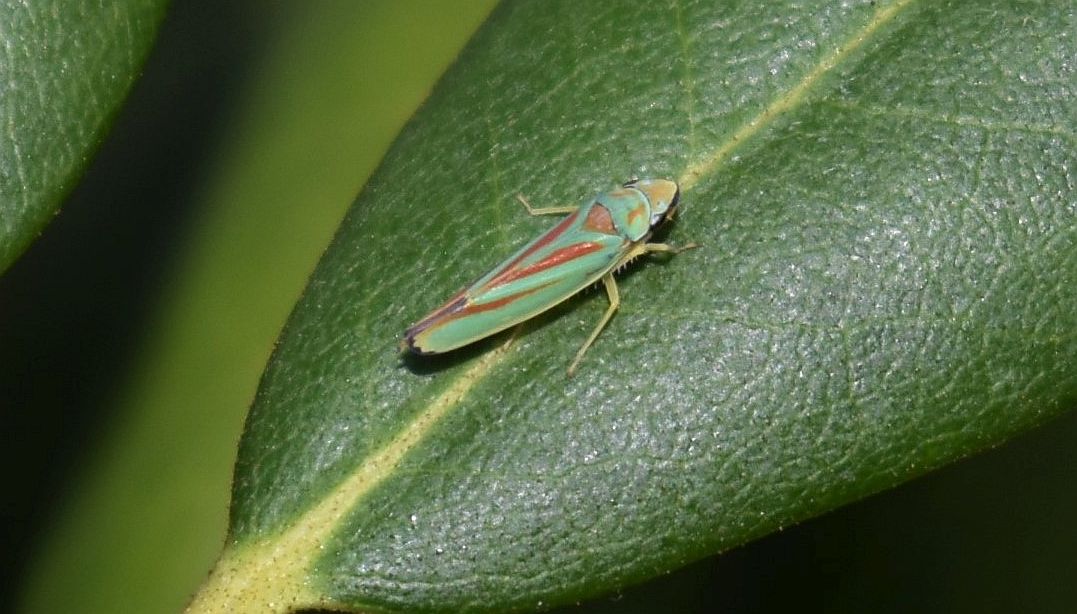
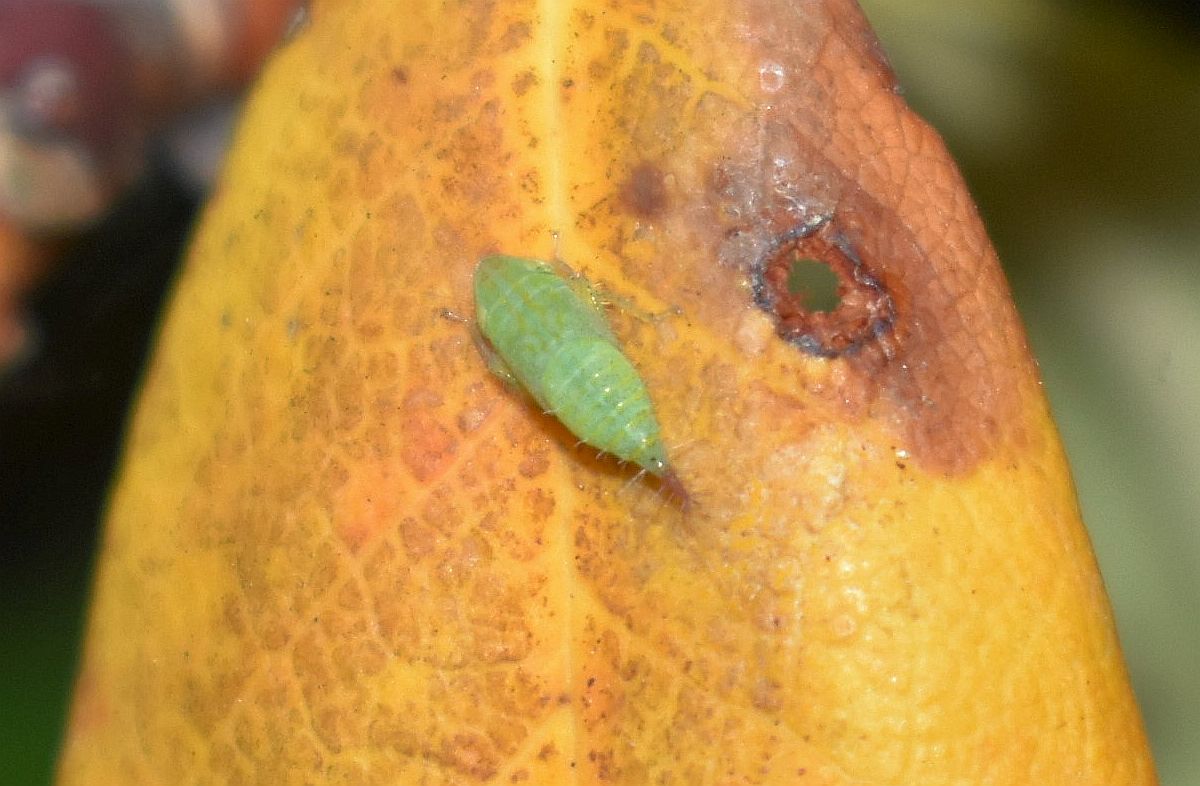
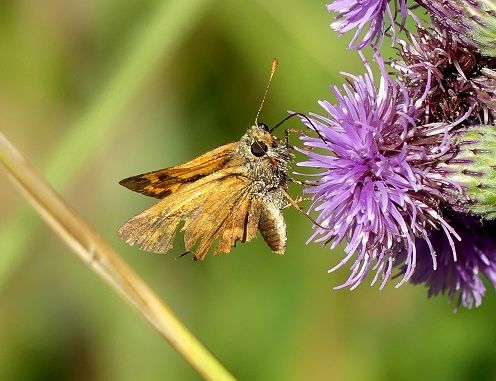 Woodland Skipper Ochlodes sylvanoides (Lep.: Hesperiidae) Aziza Cooper
Woodland Skipper Ochlodes sylvanoides (Lep.: Hesperiidae) Aziza Cooper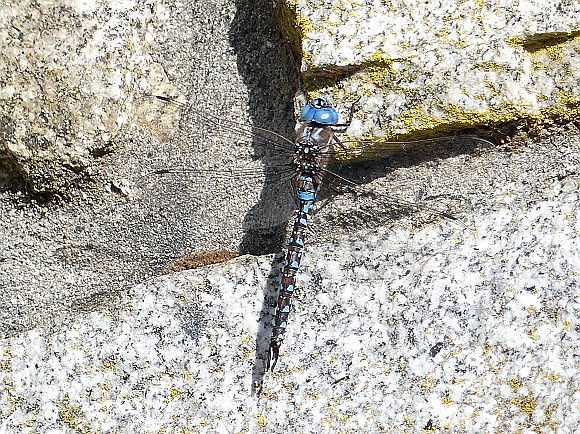
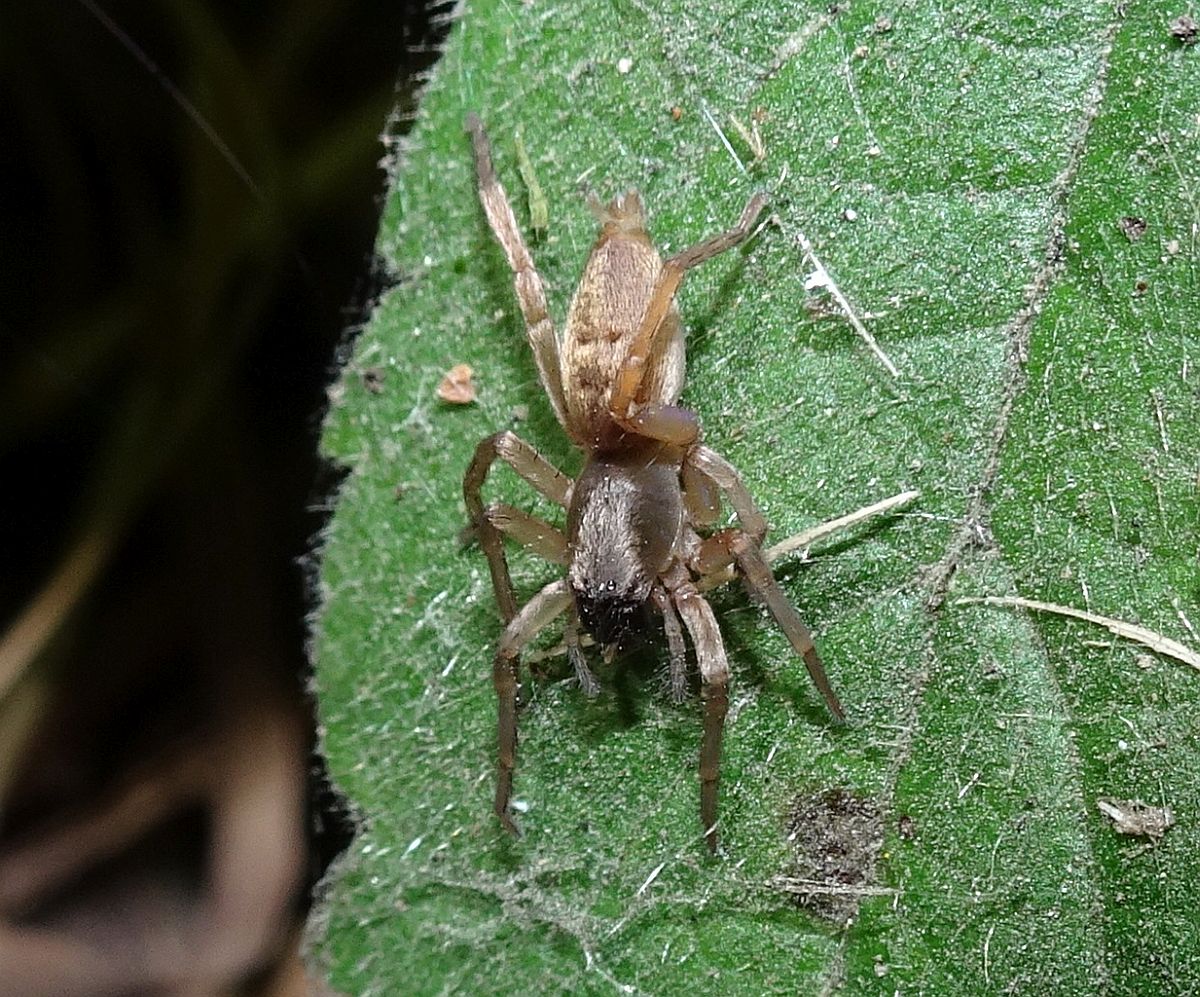
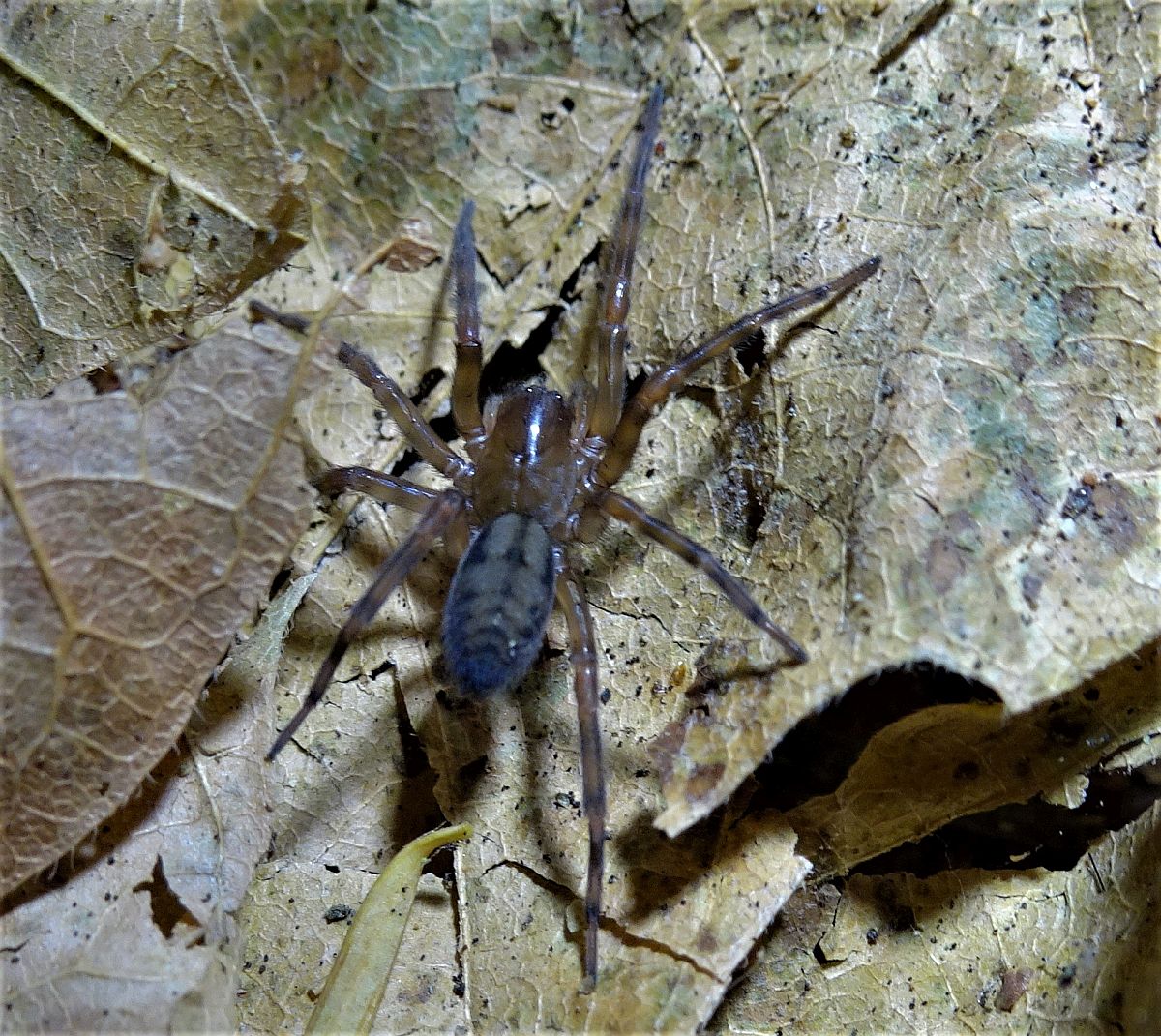
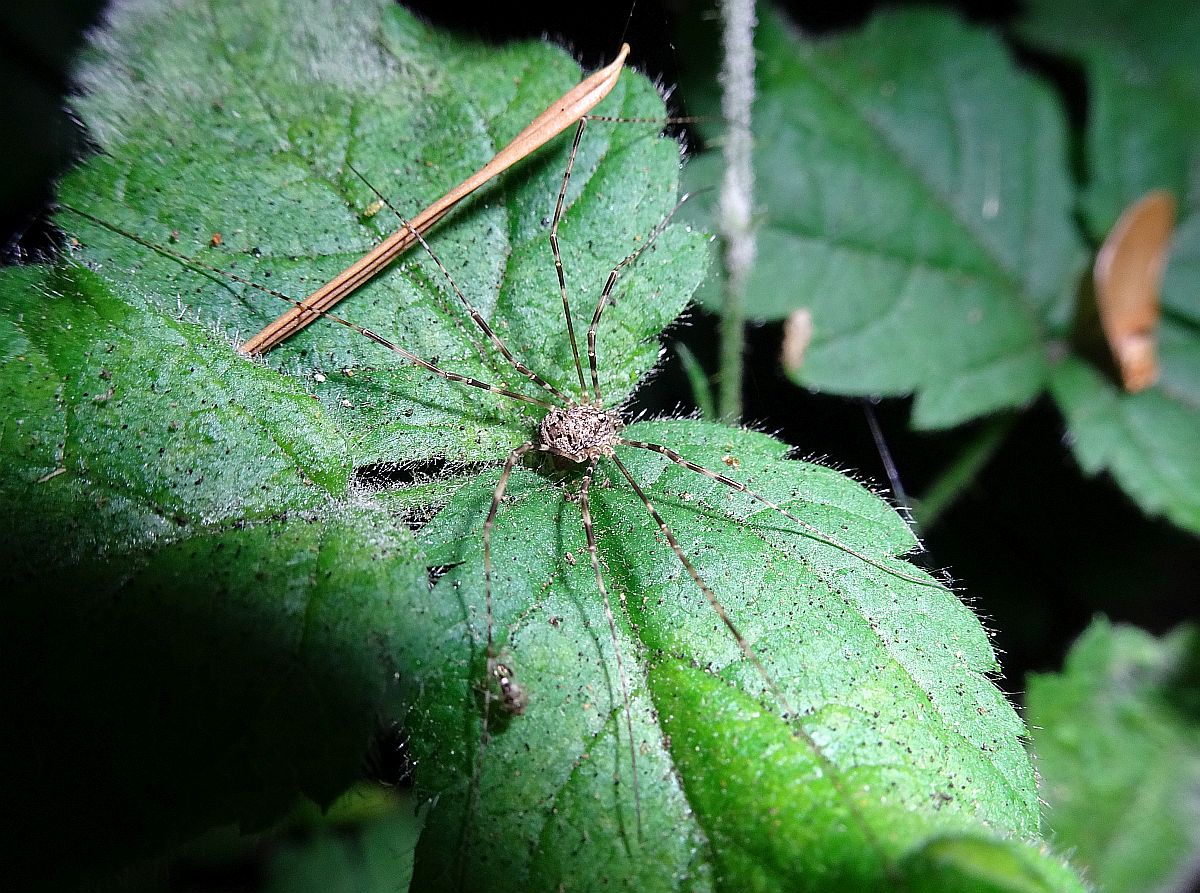 Harvestman (identification uncertain) (Opiliones) Ian Cooper
Harvestman (identification uncertain) (Opiliones) Ian Cooper